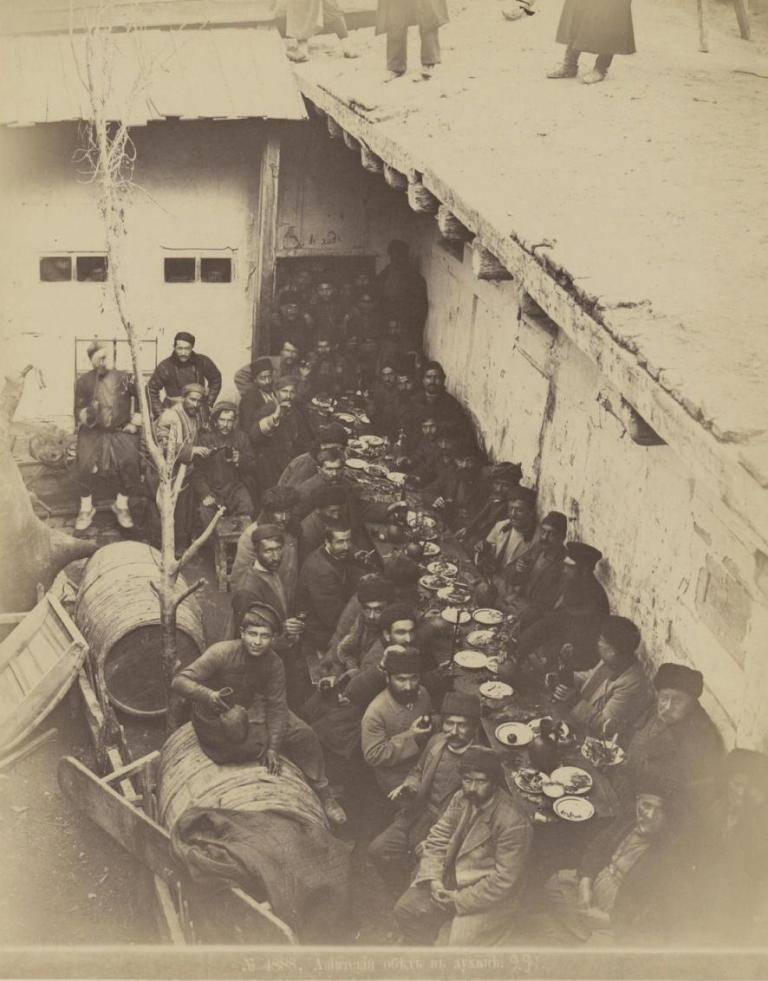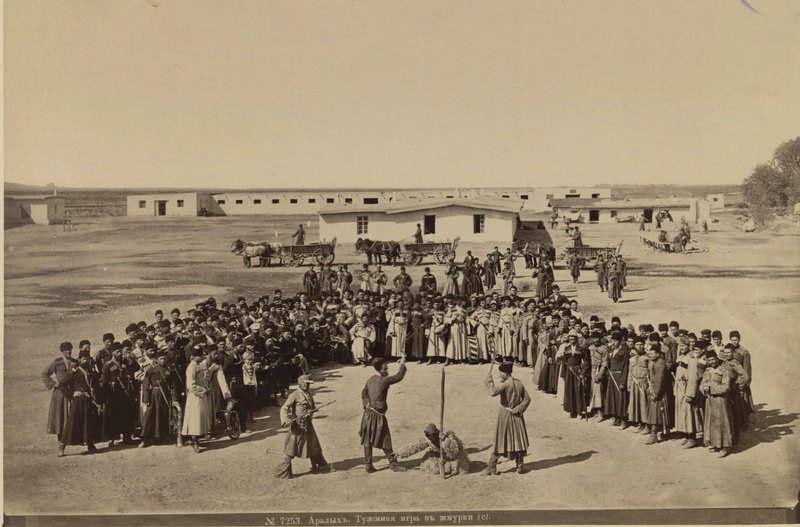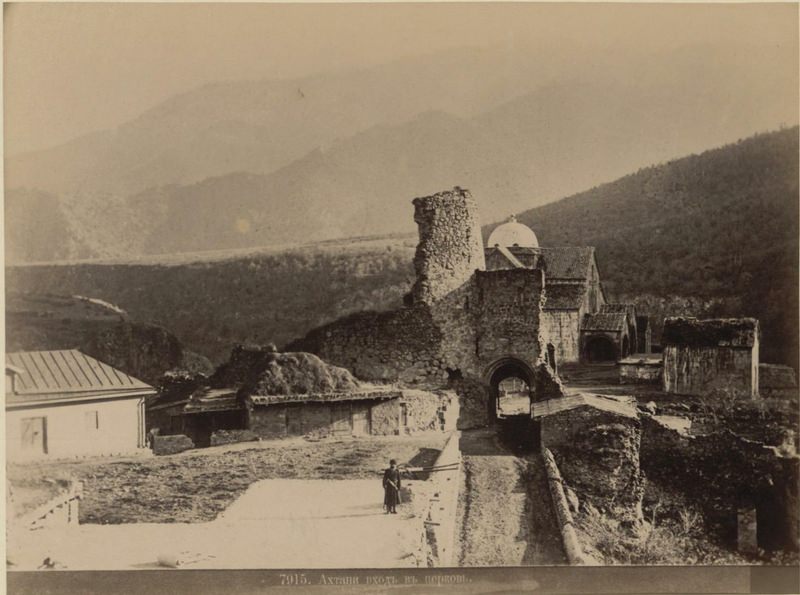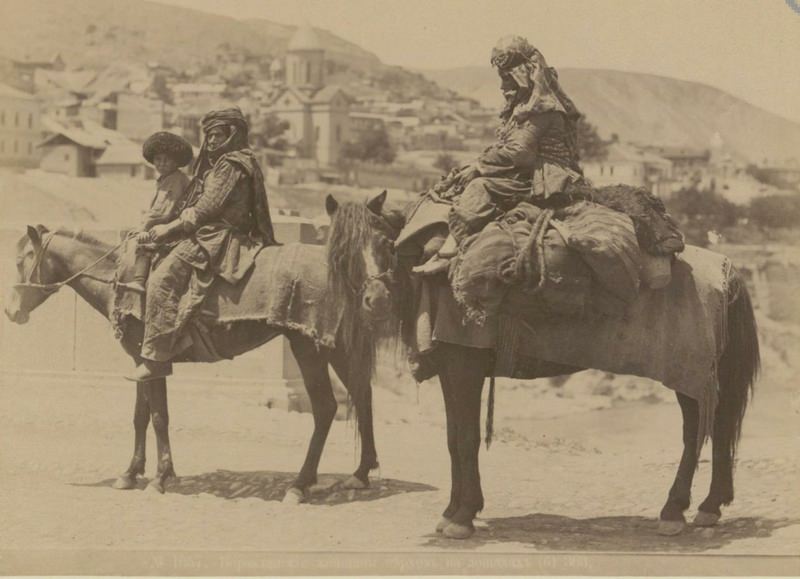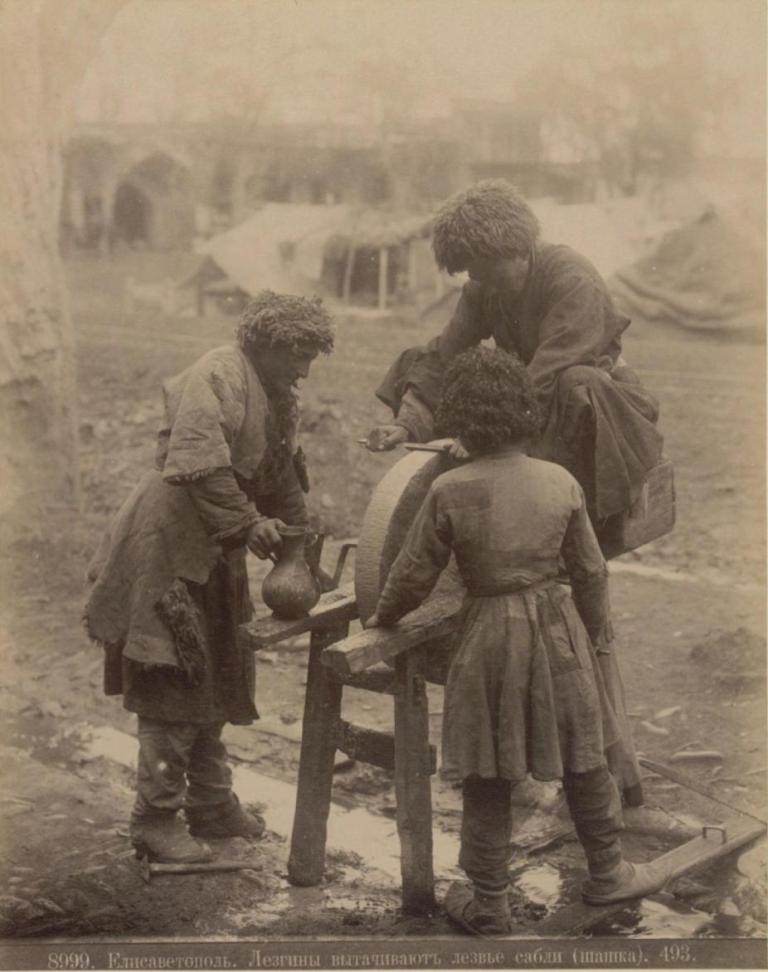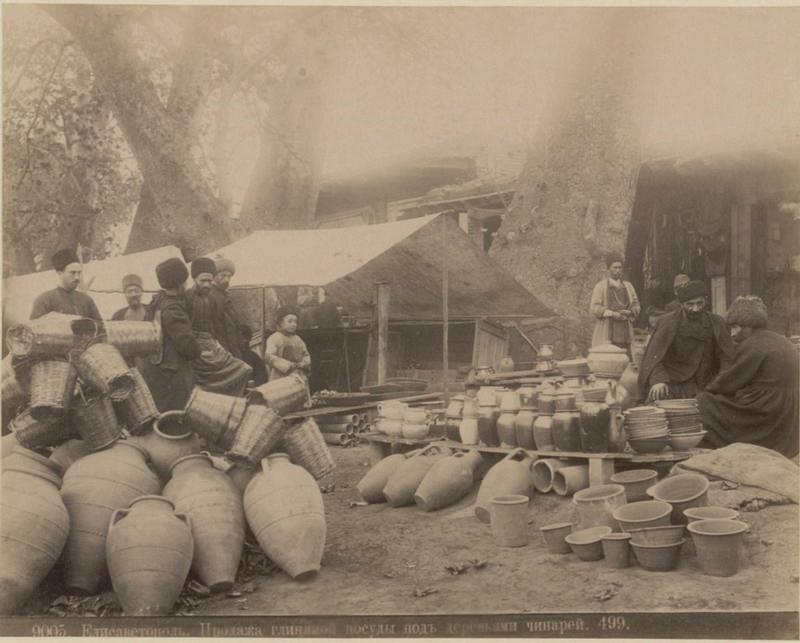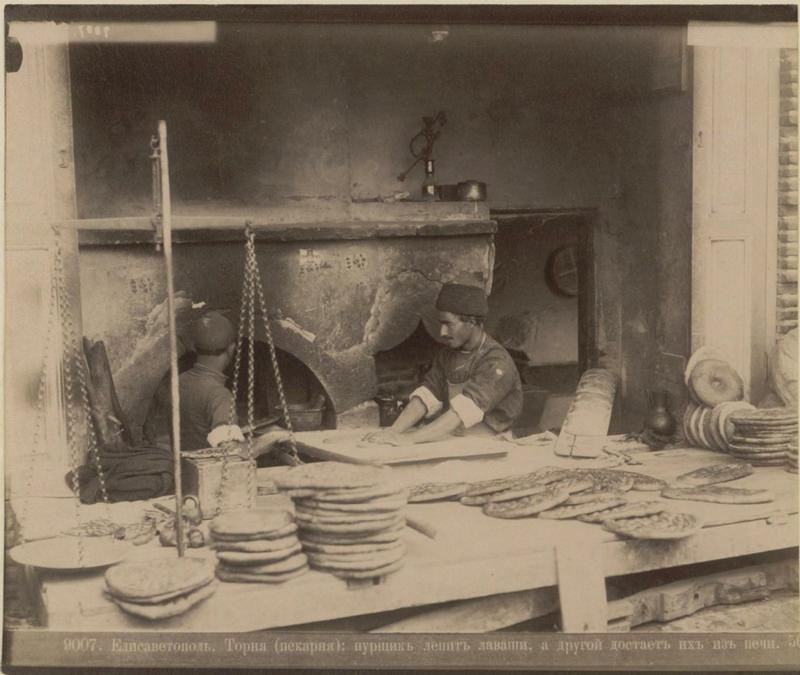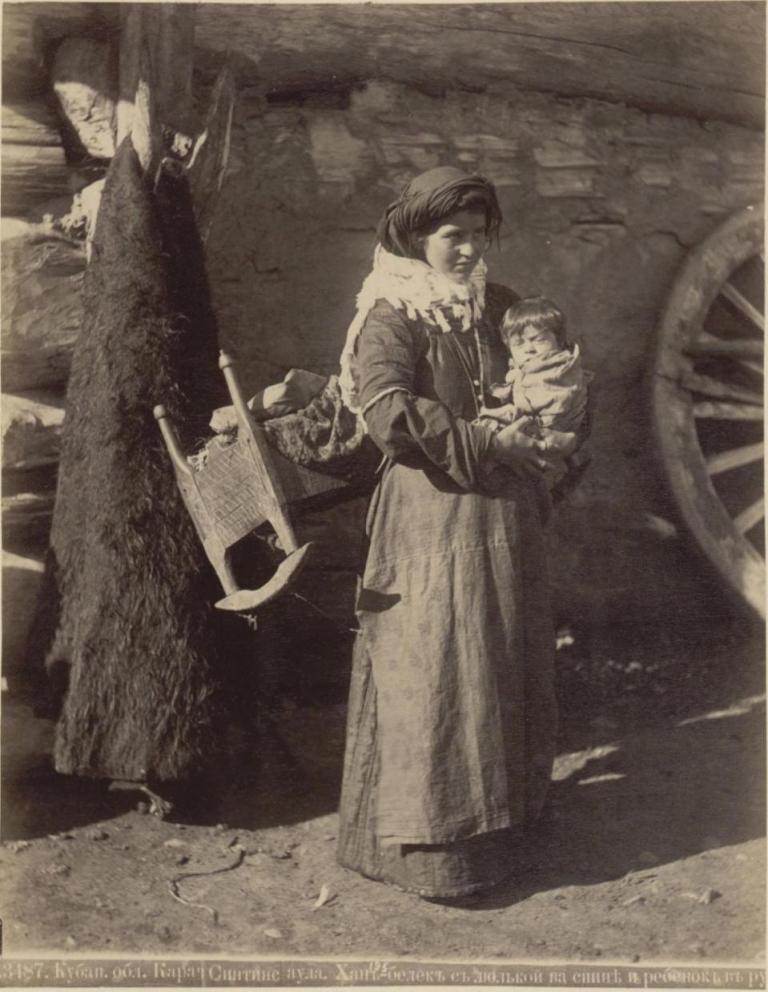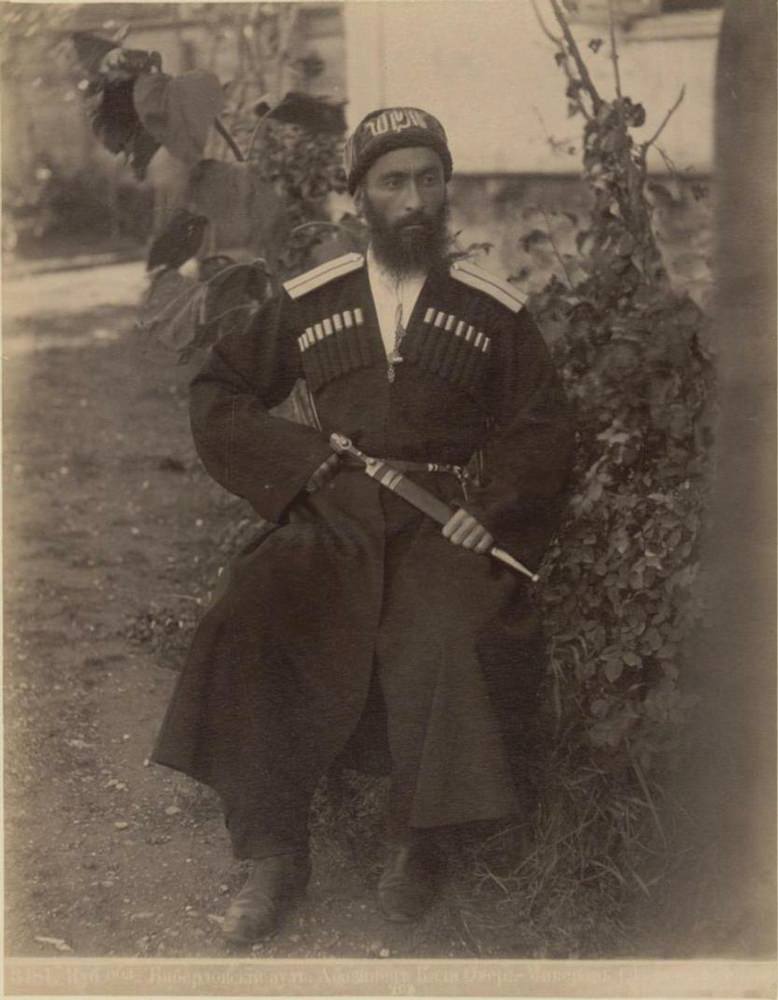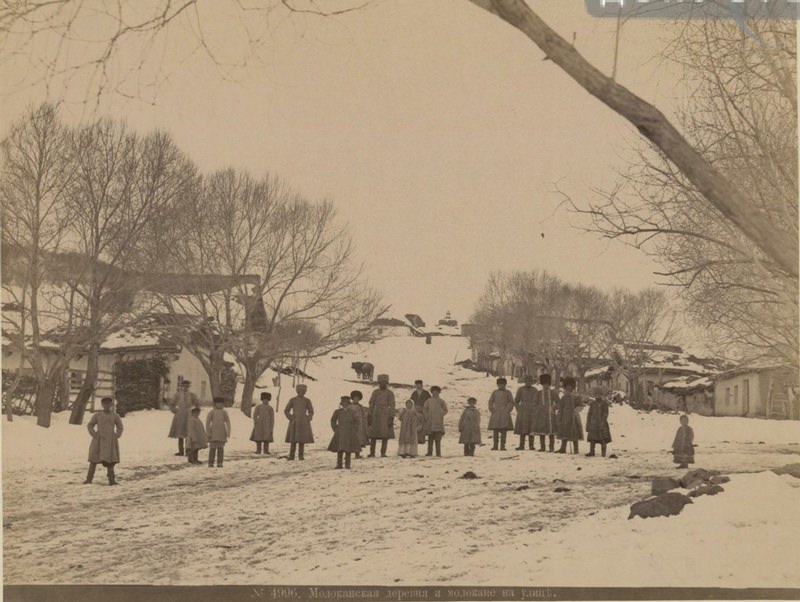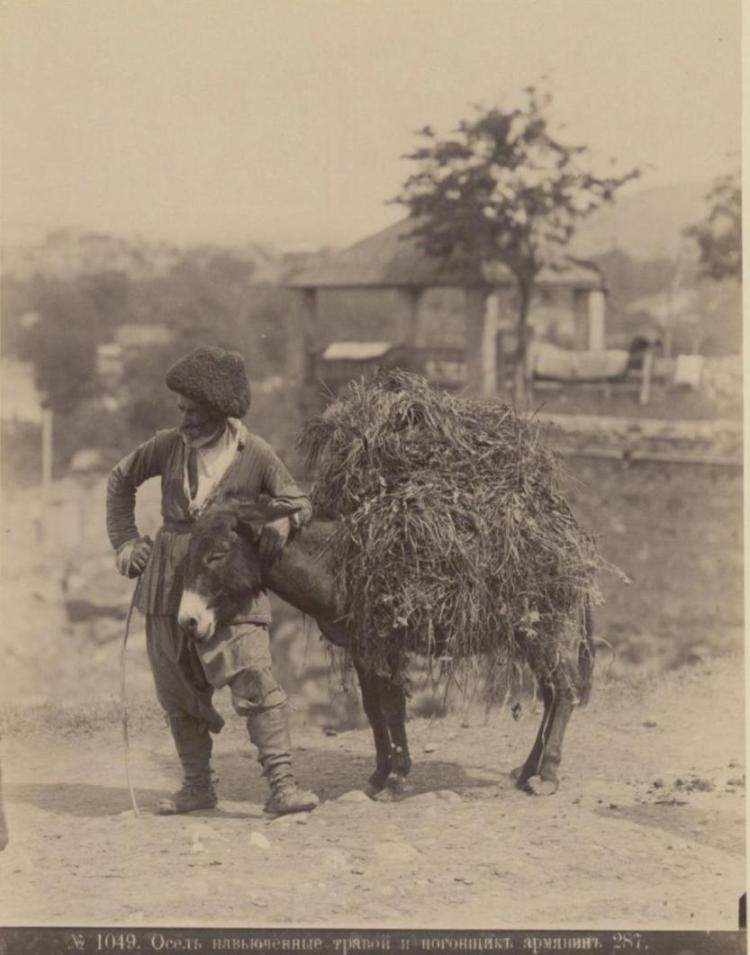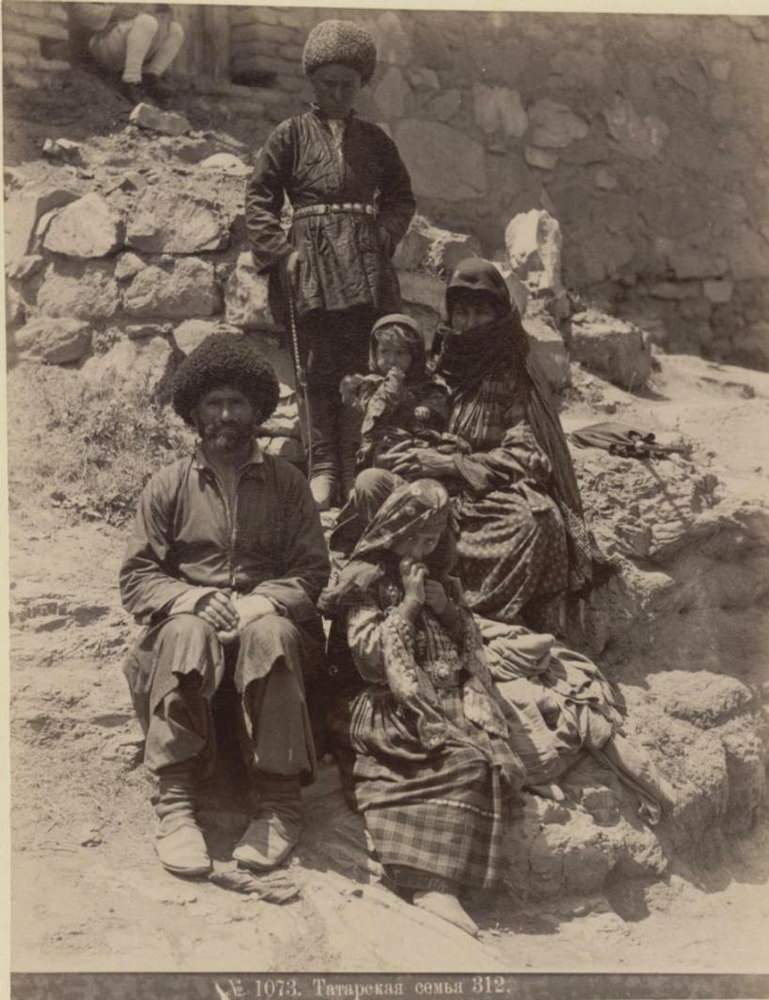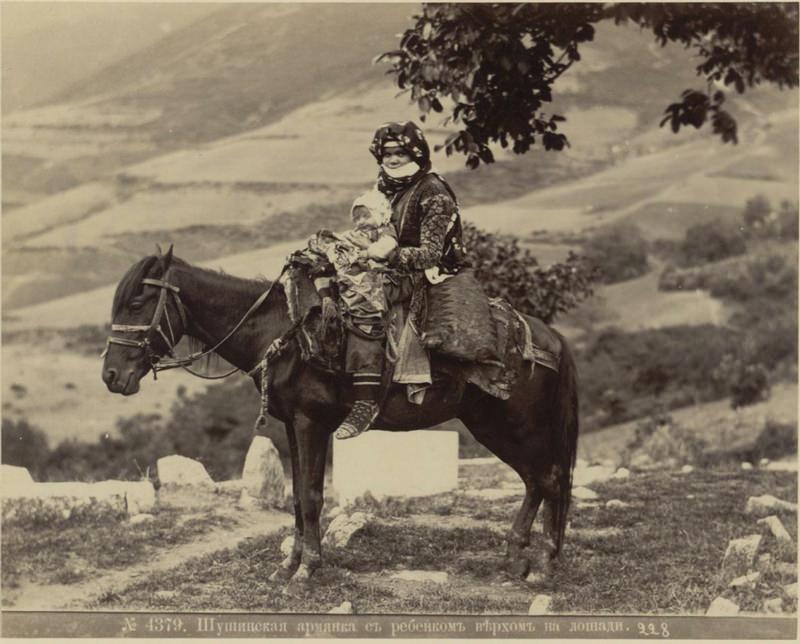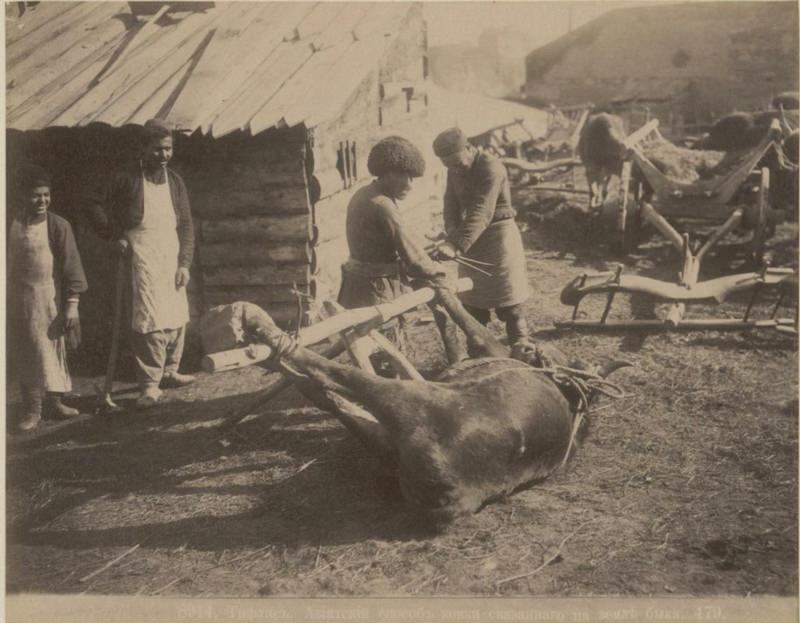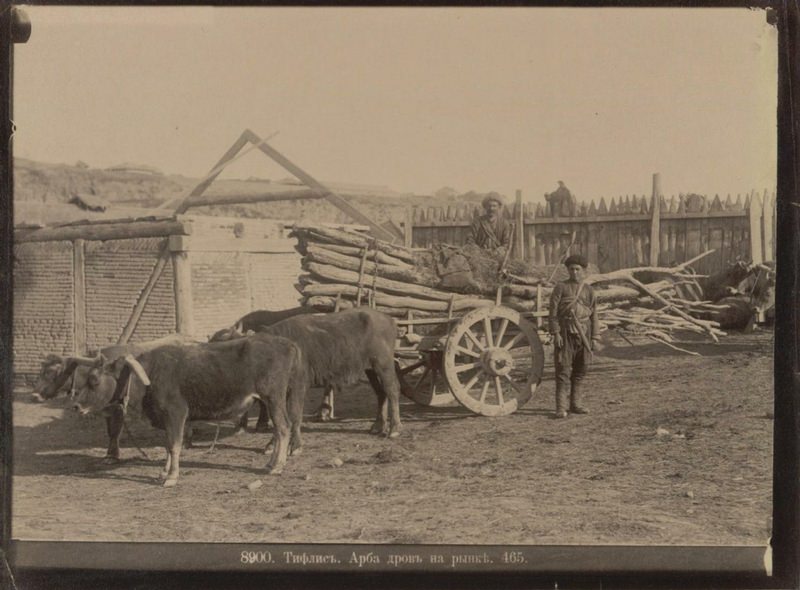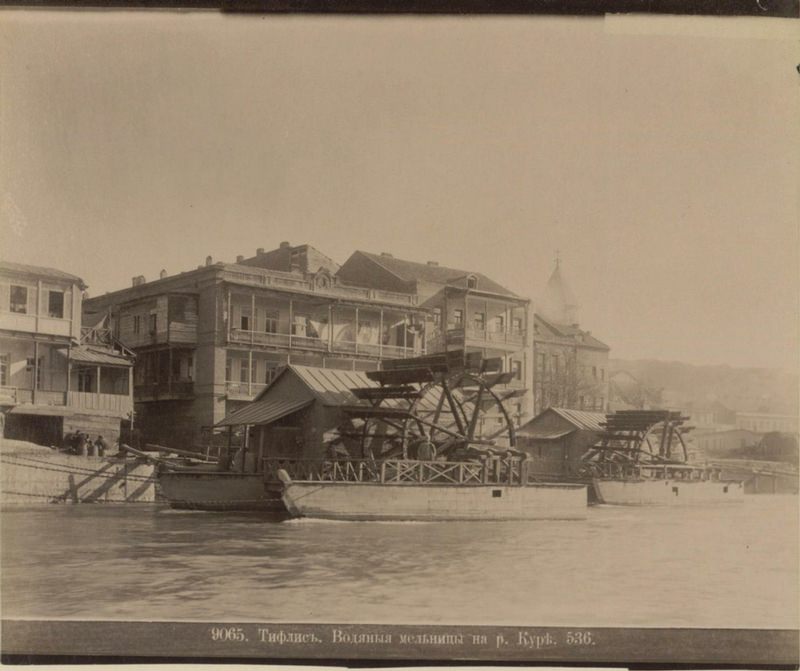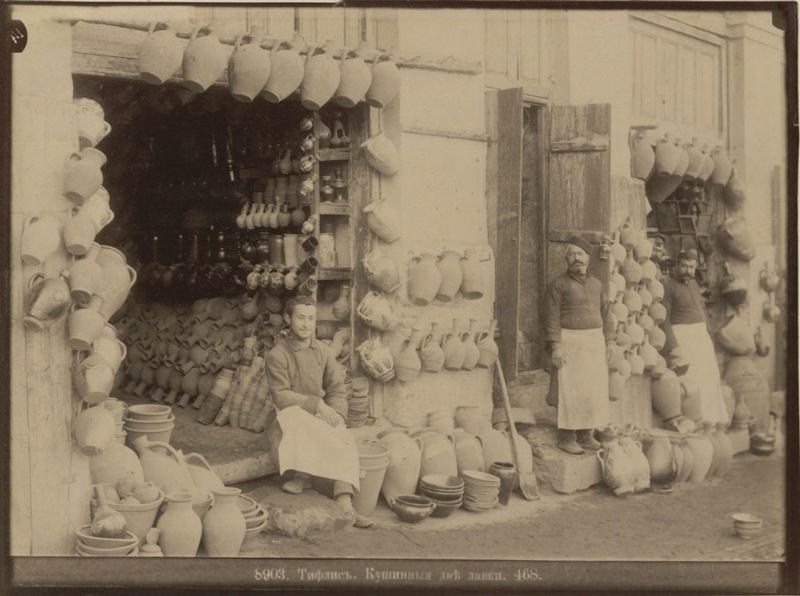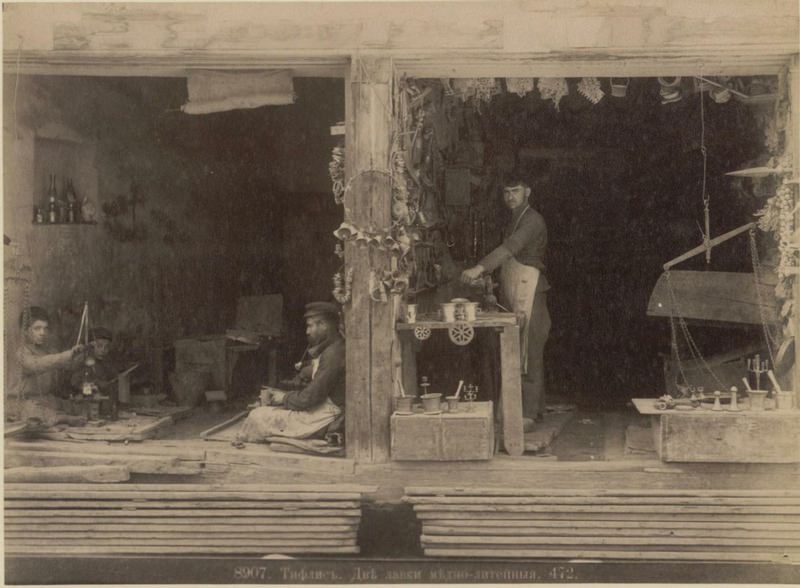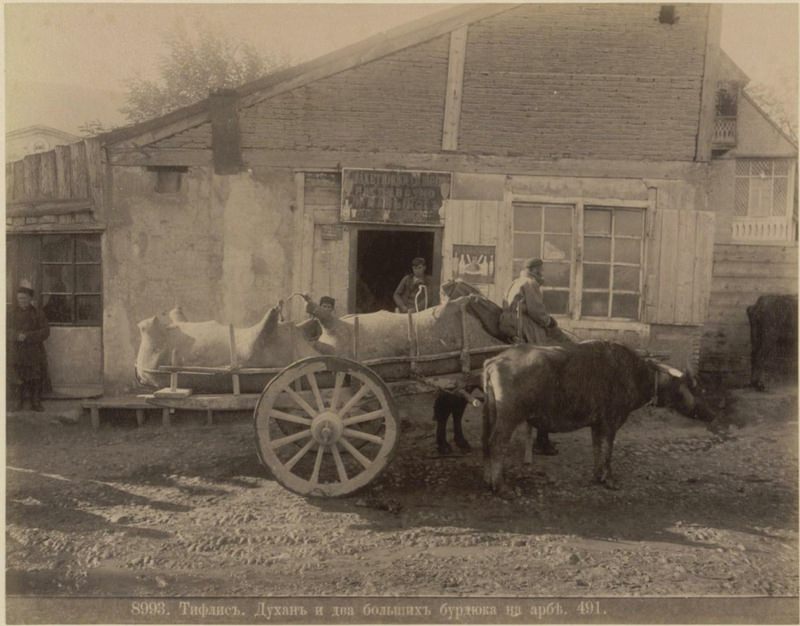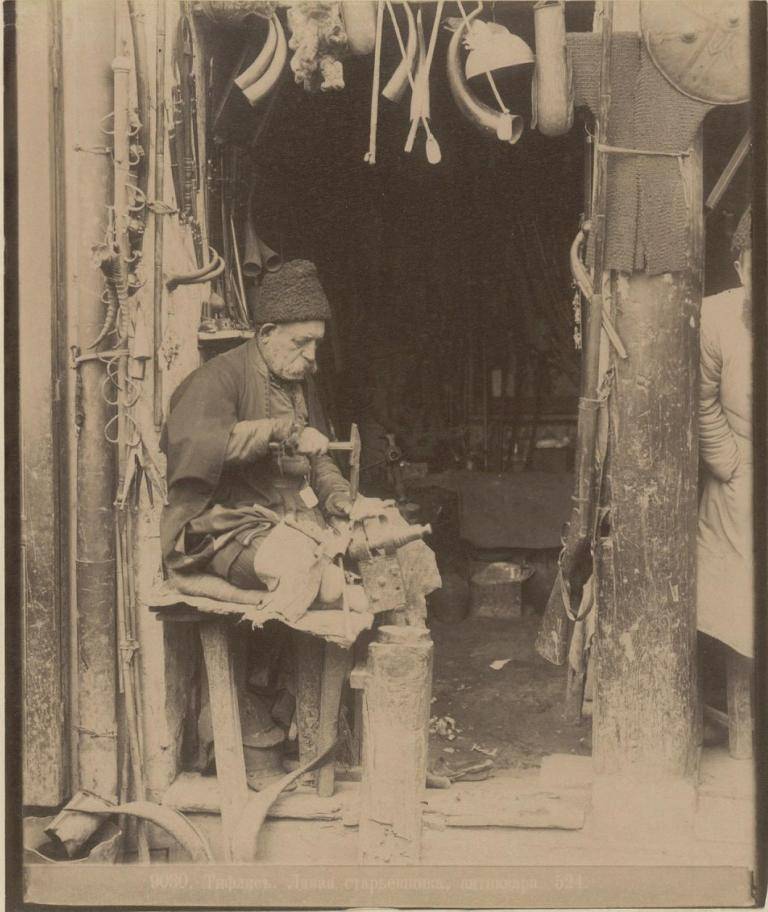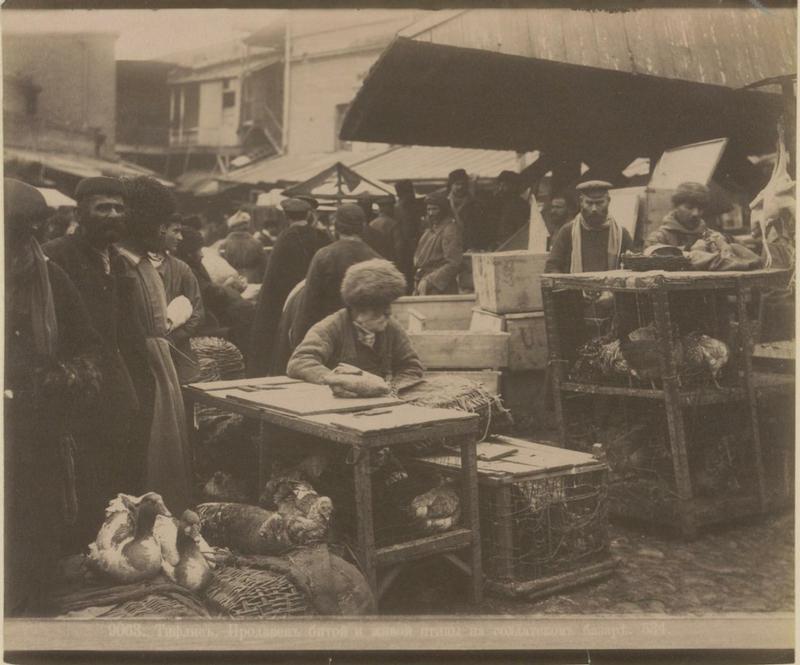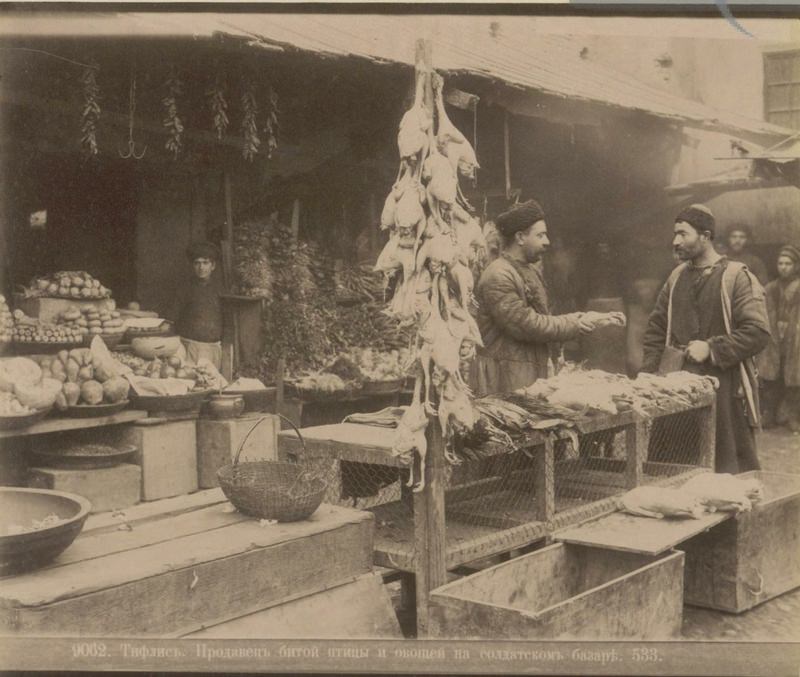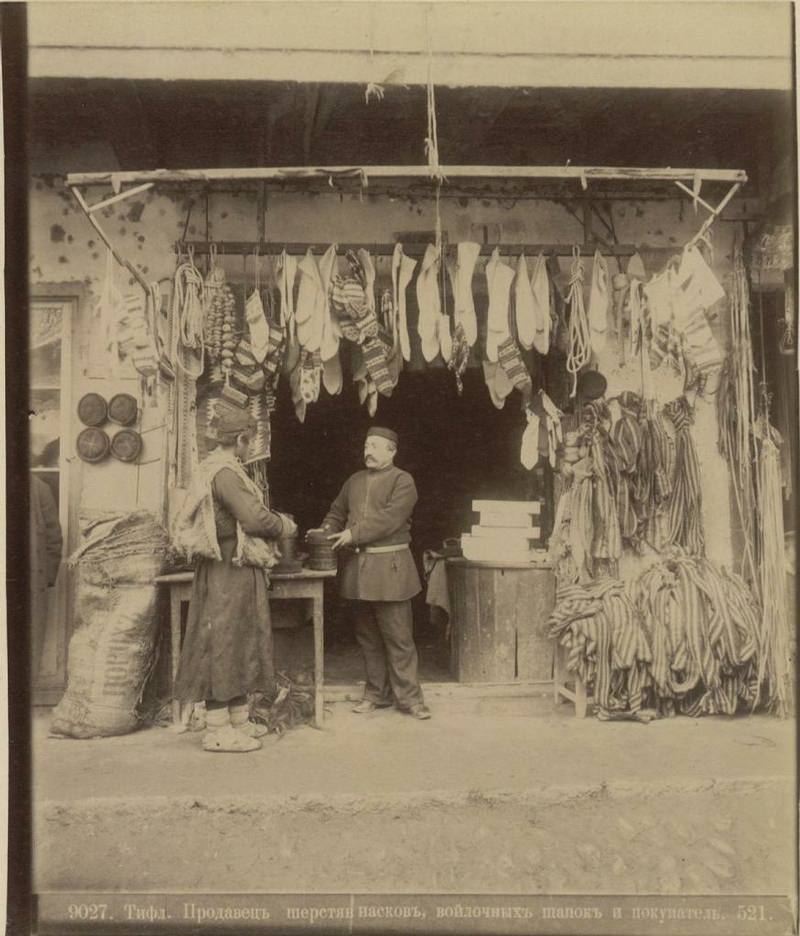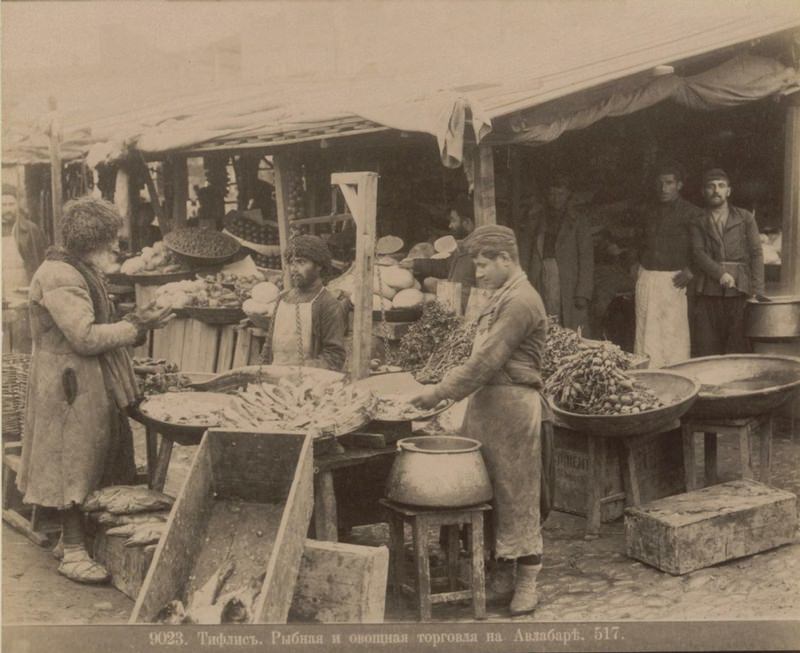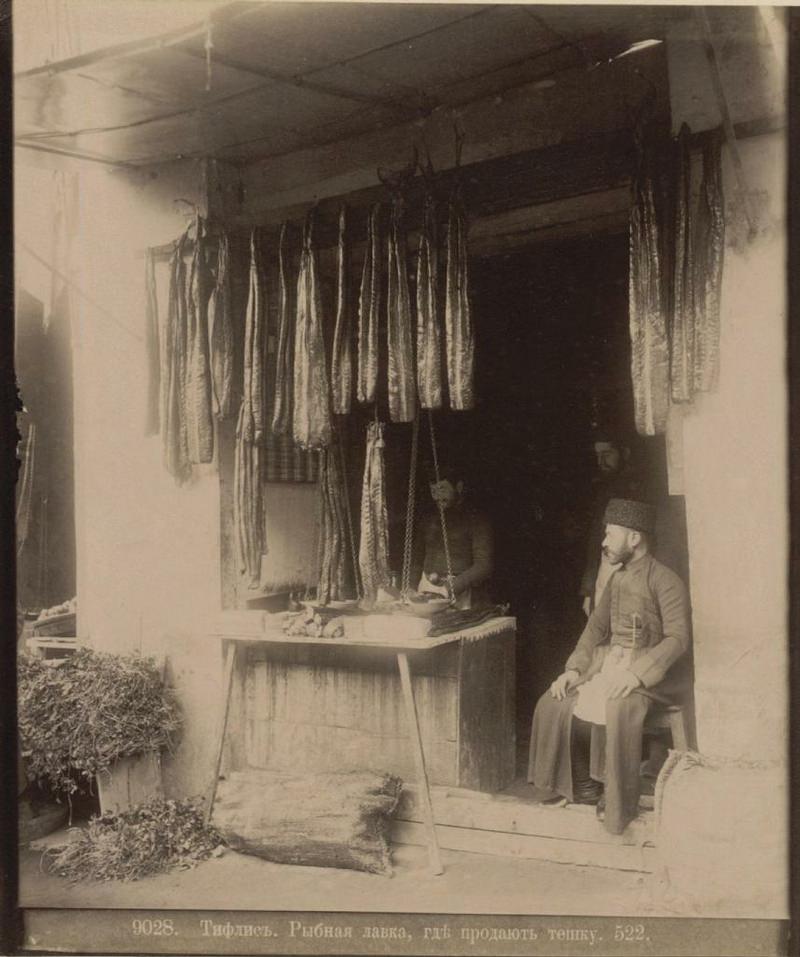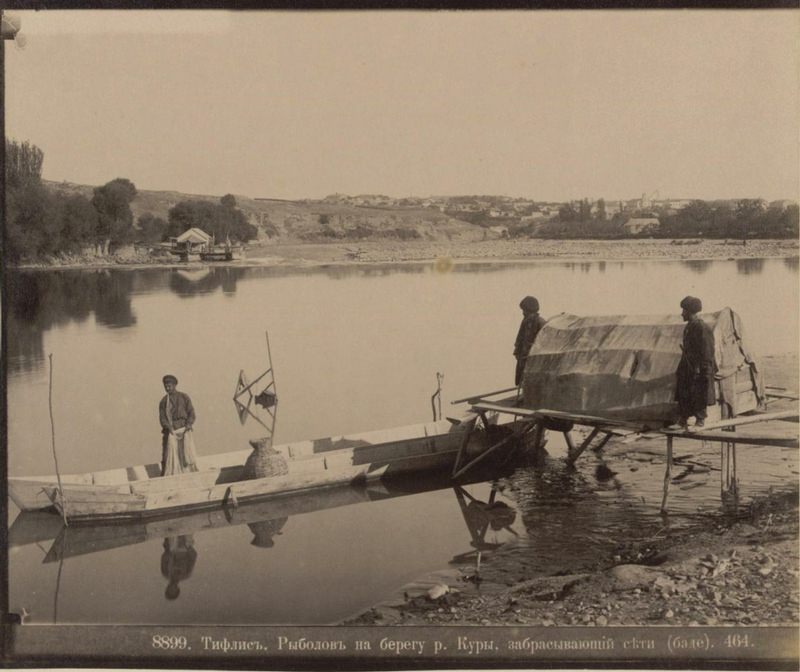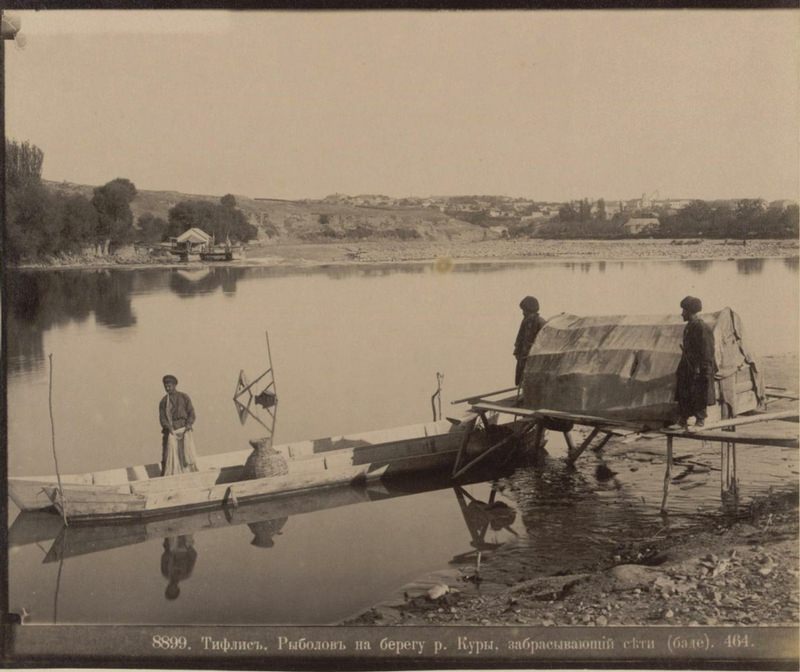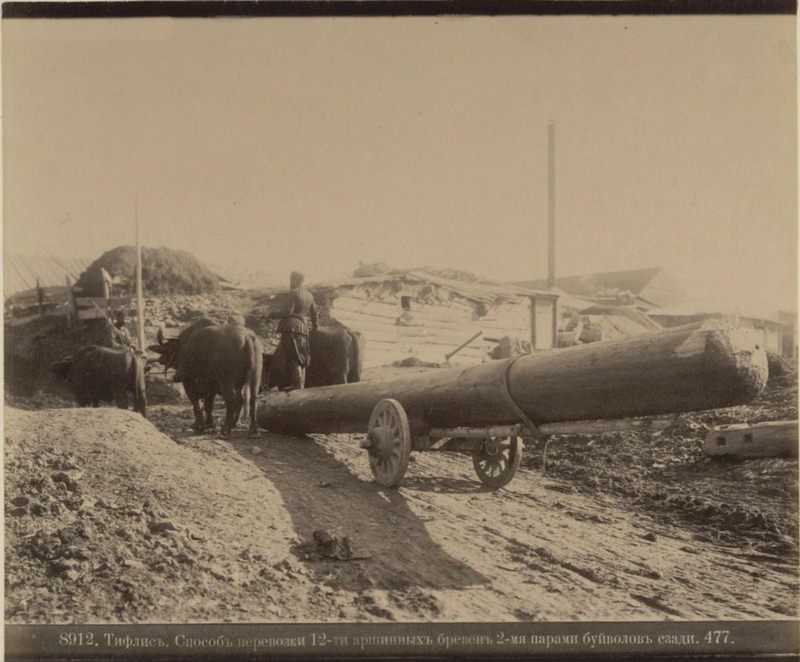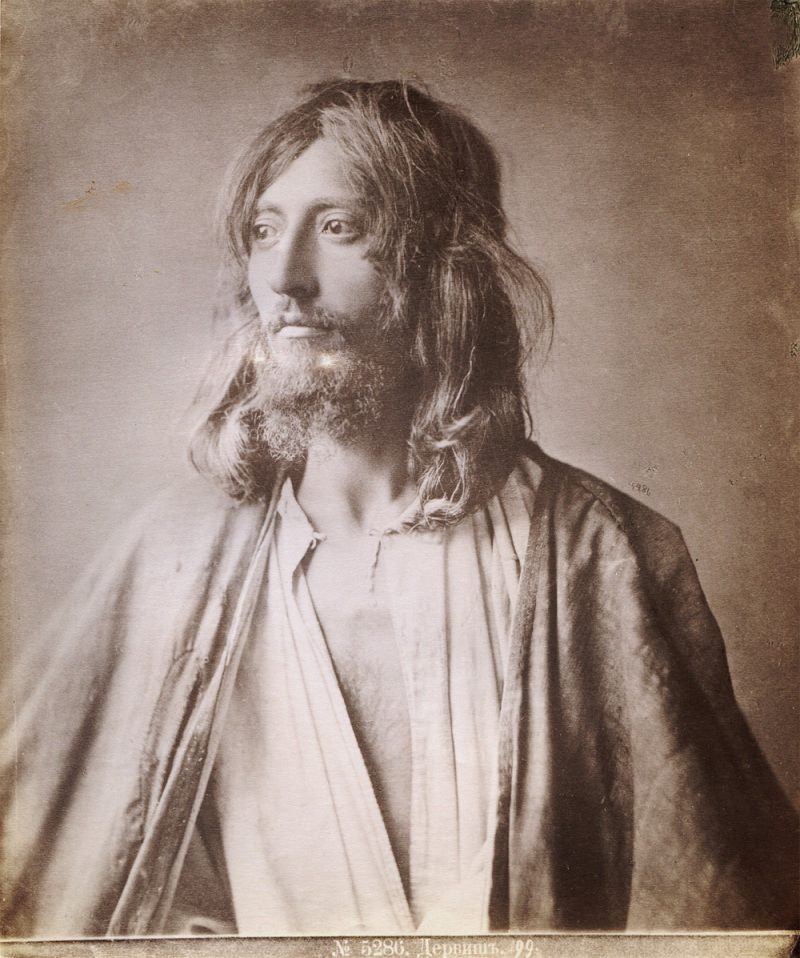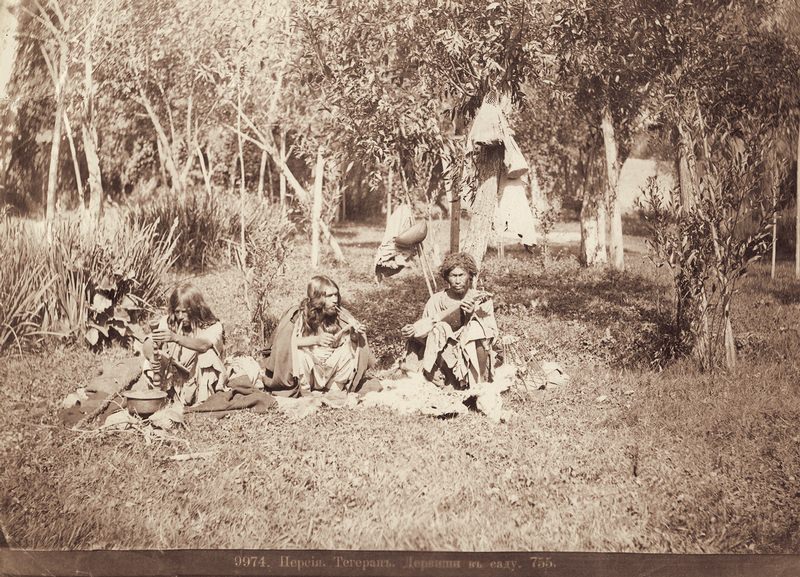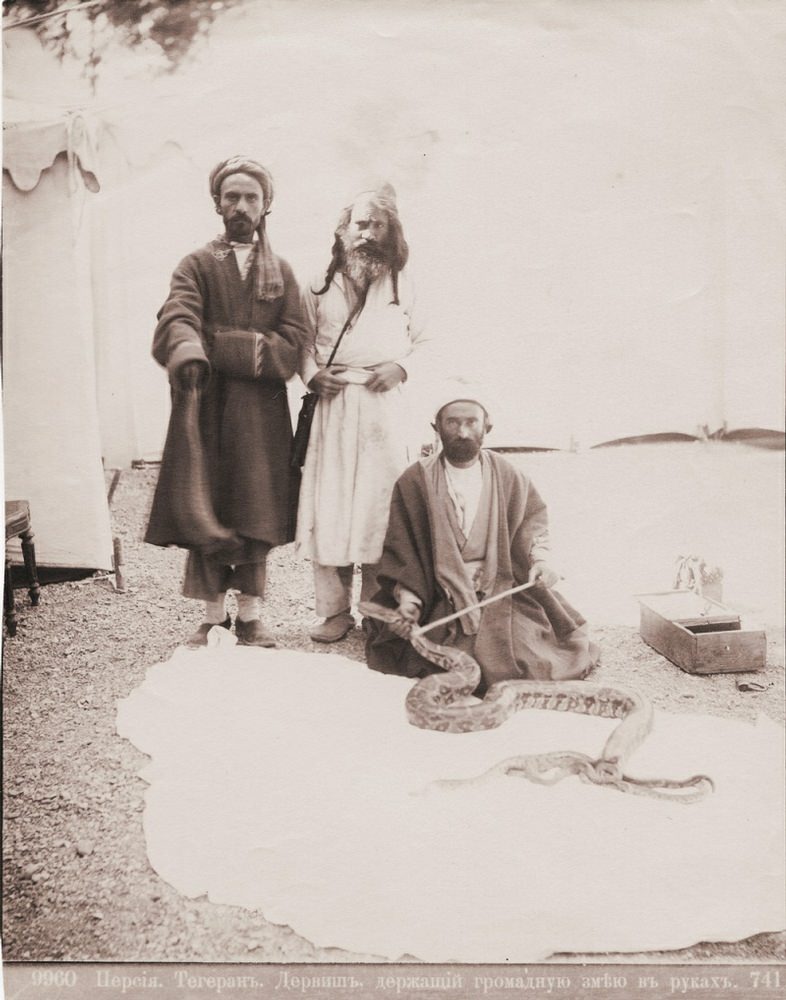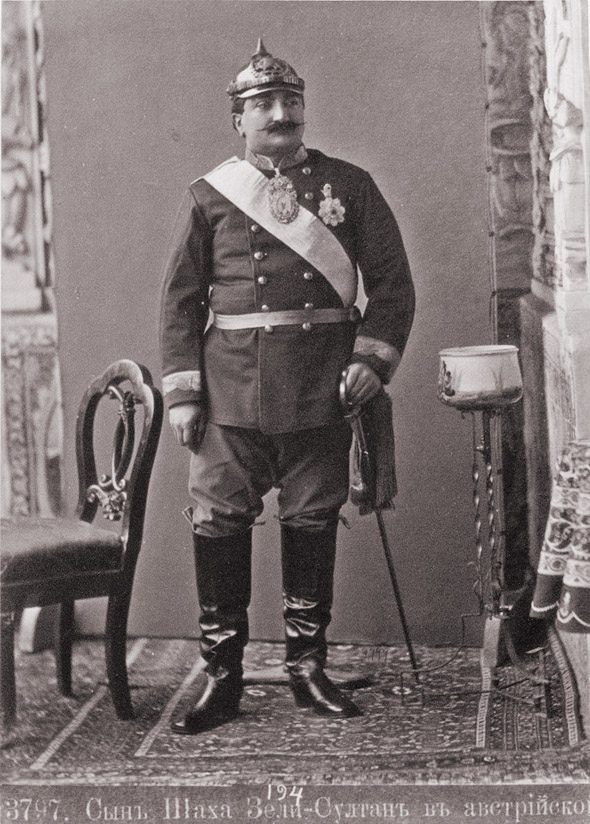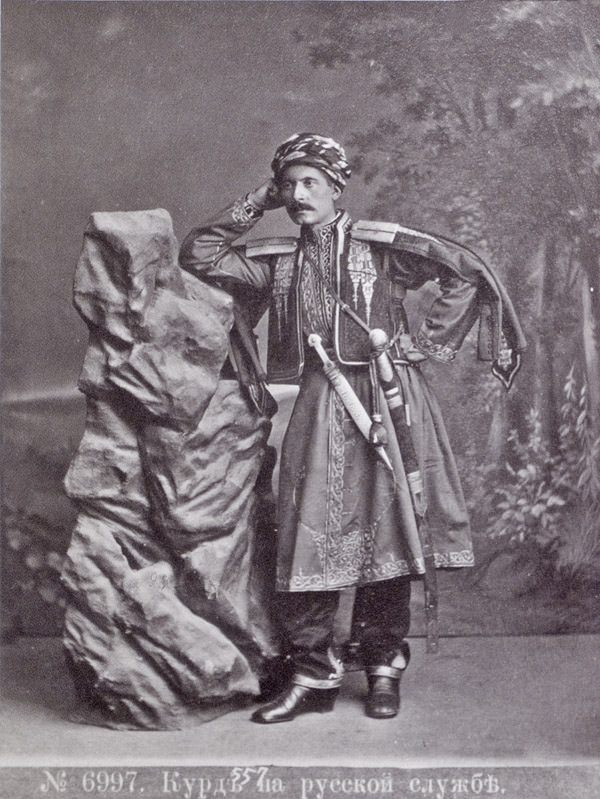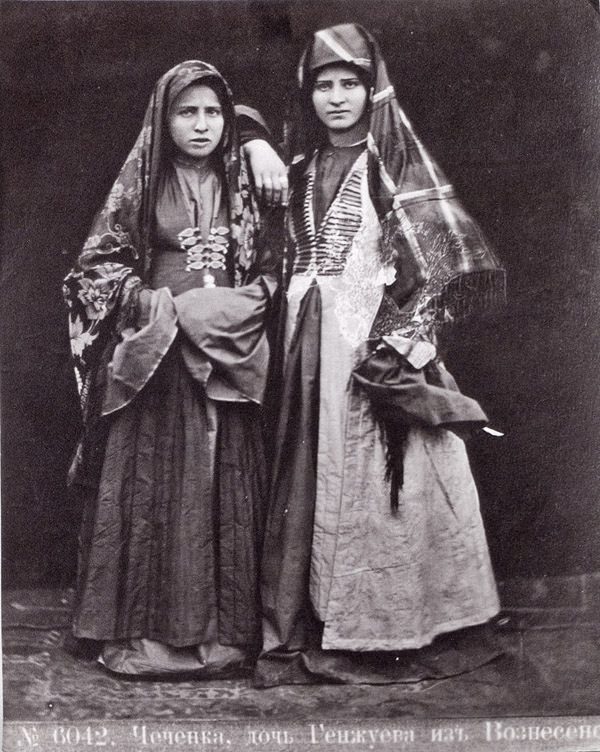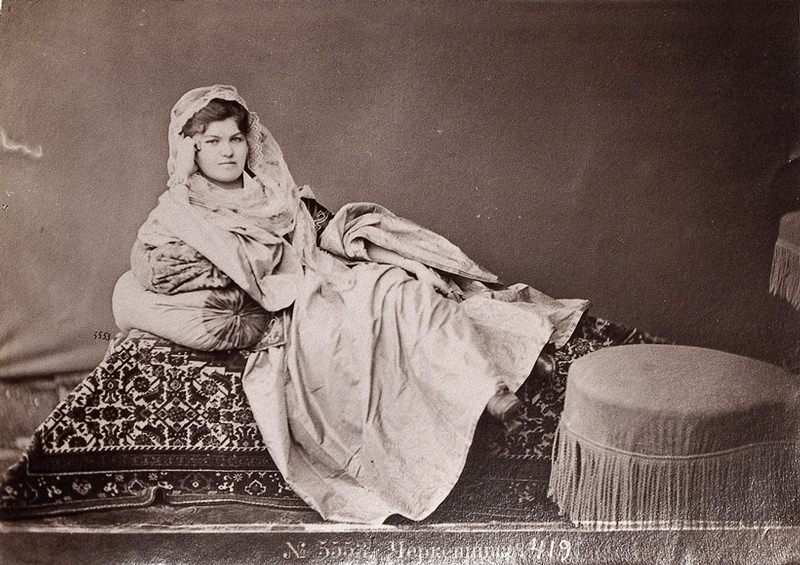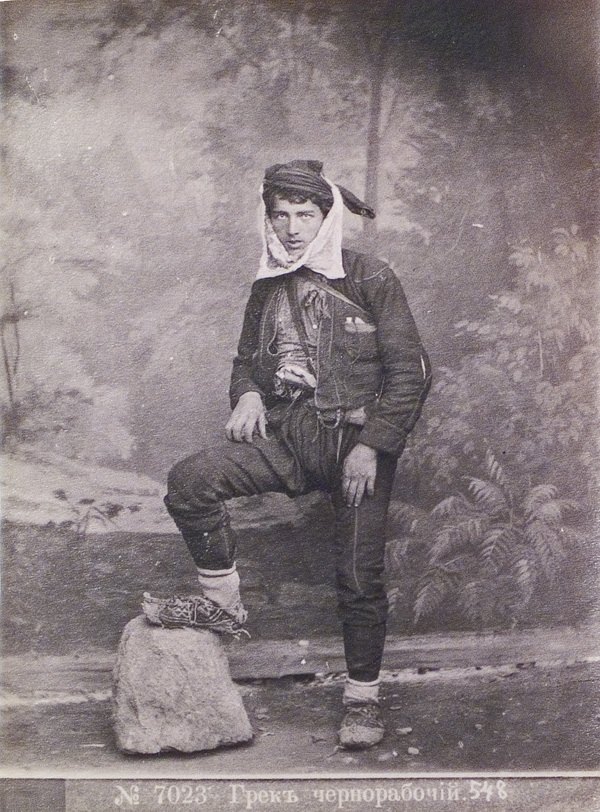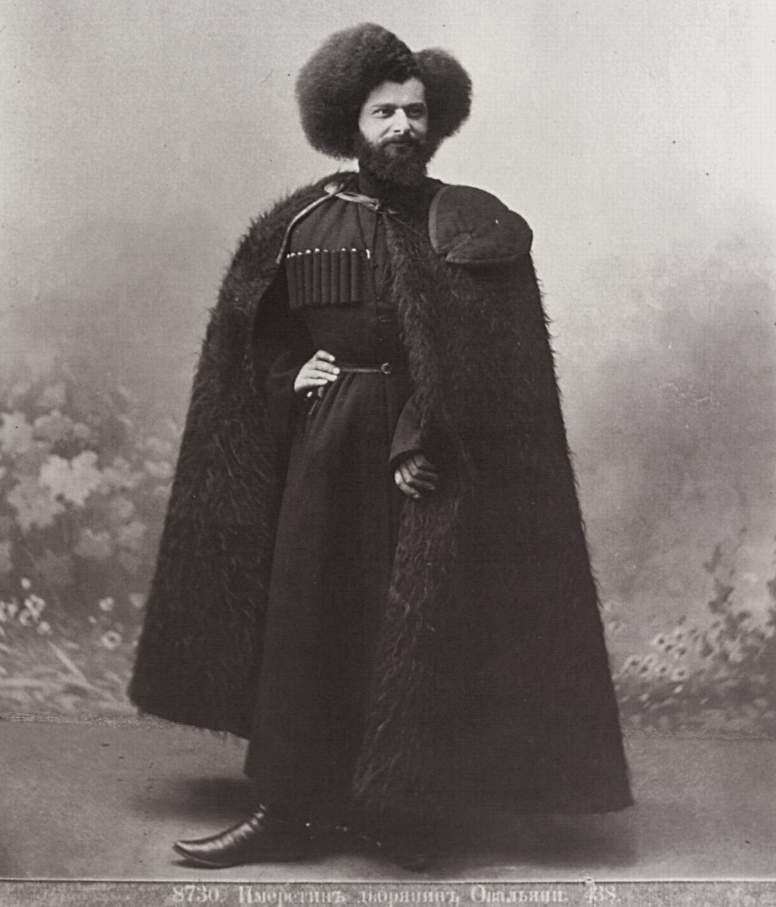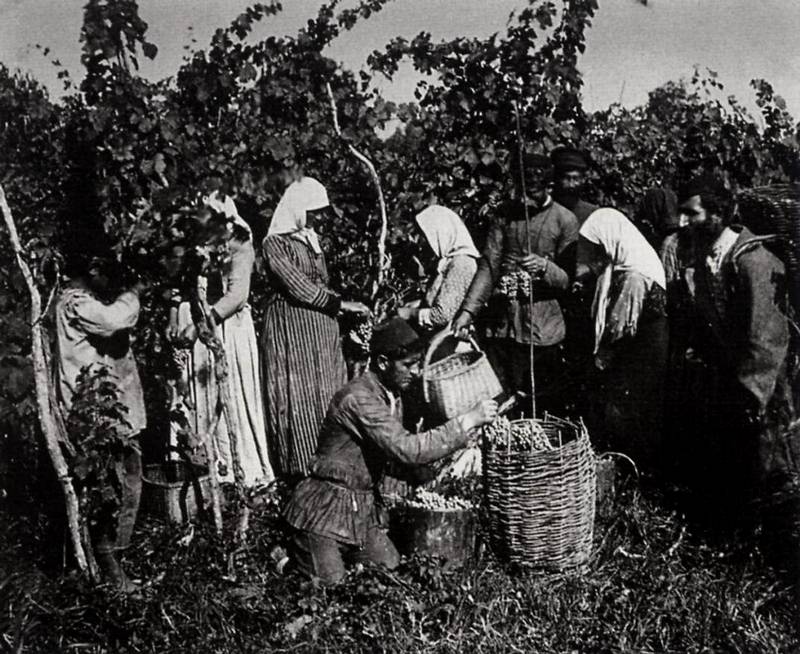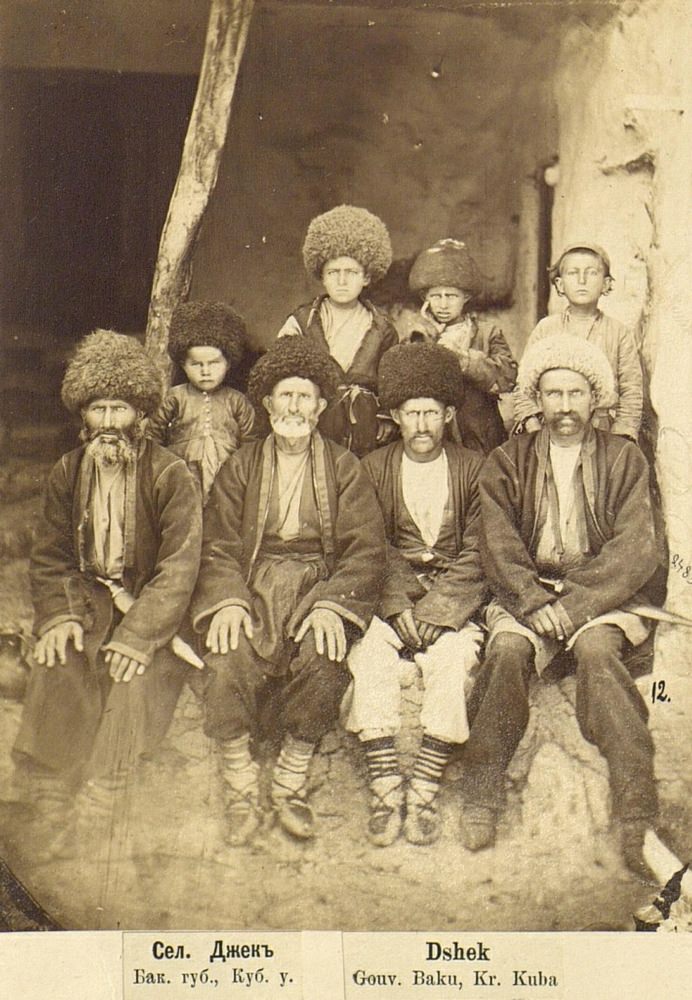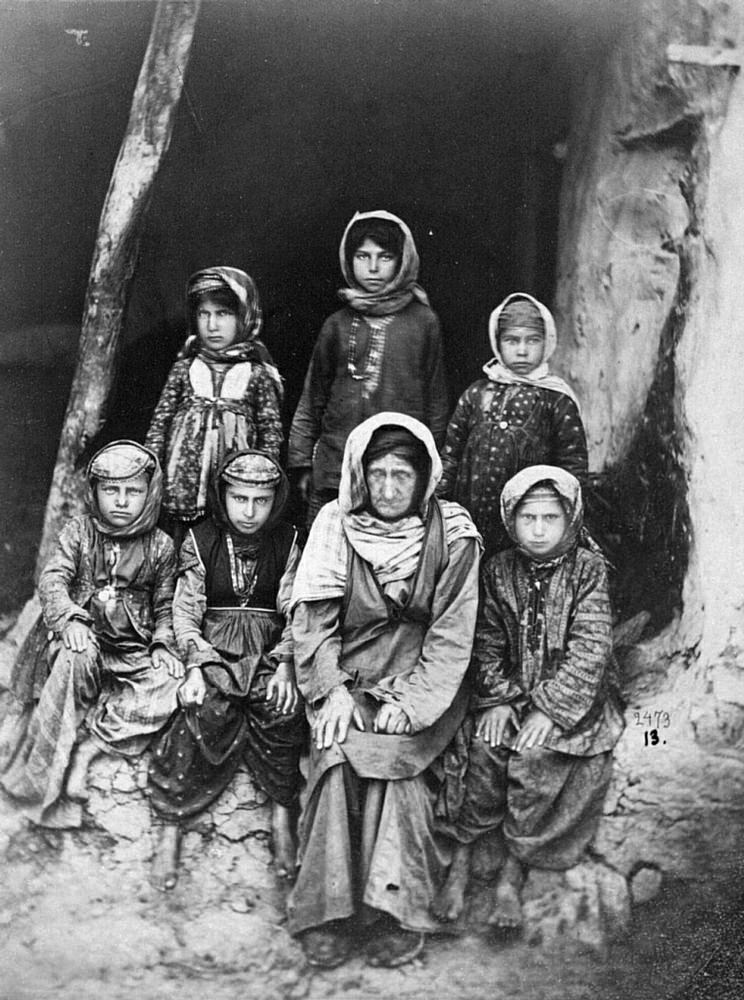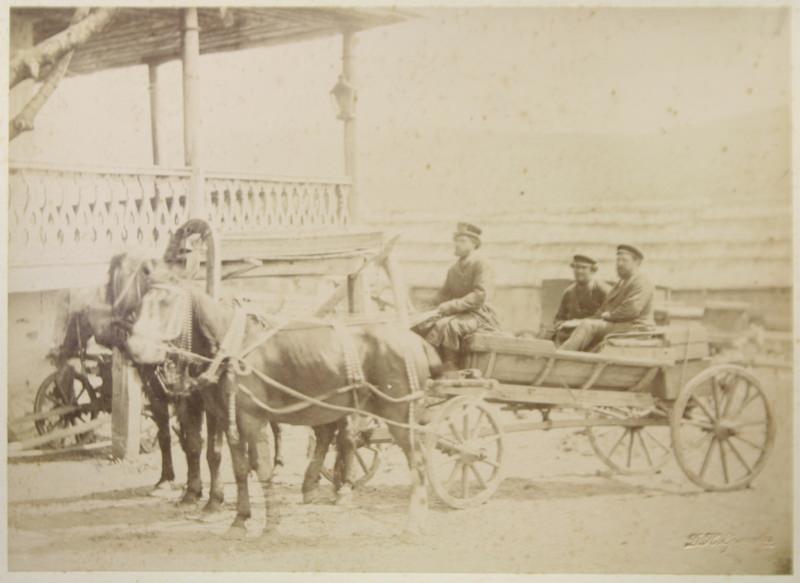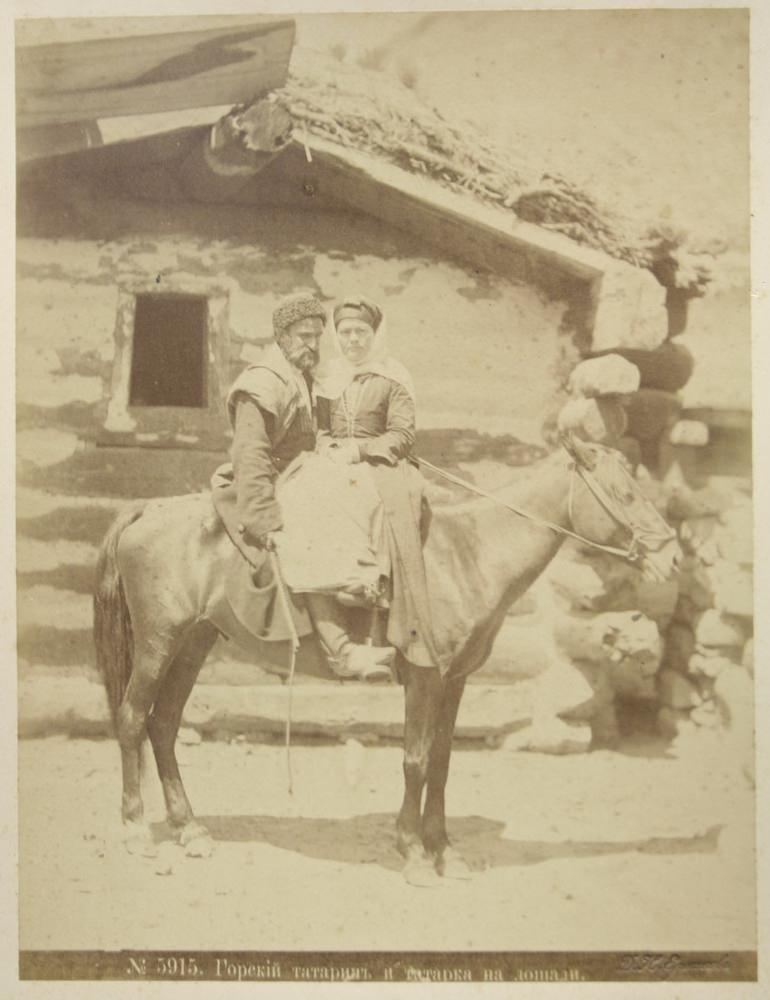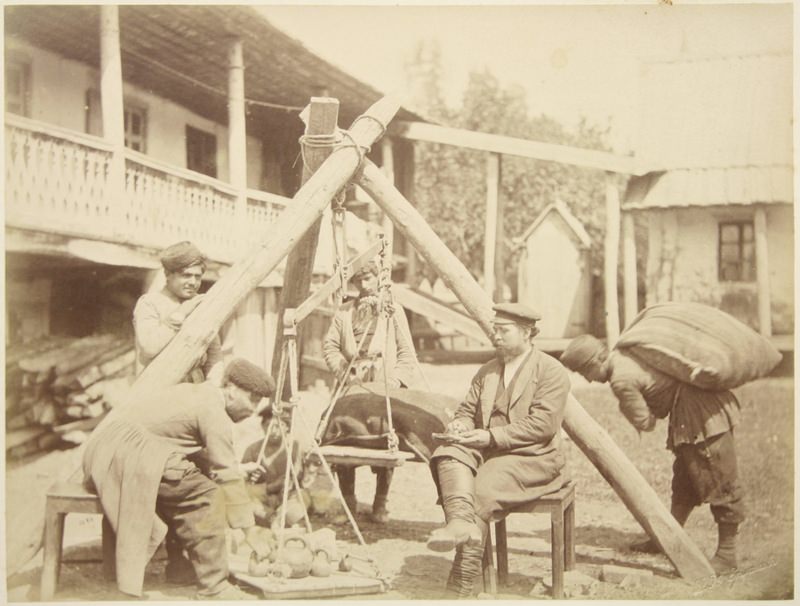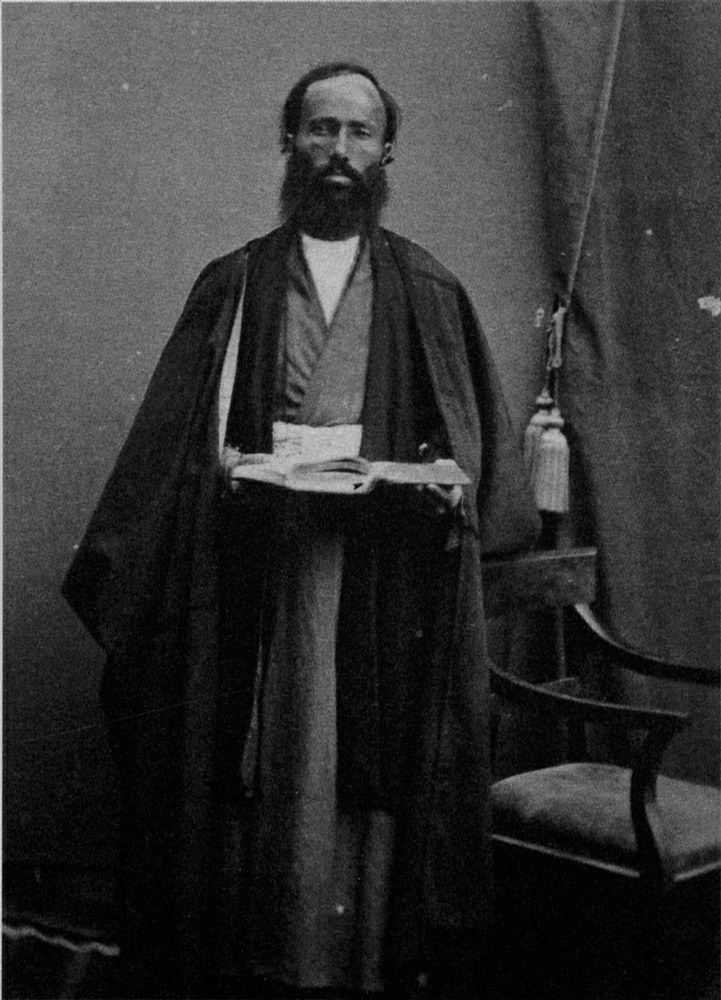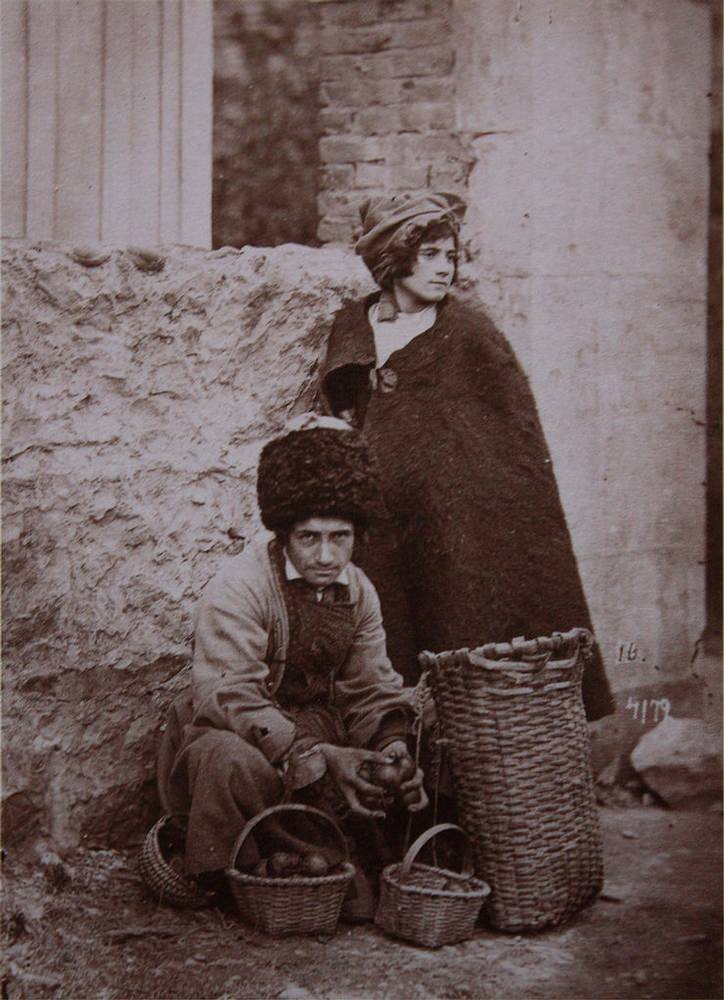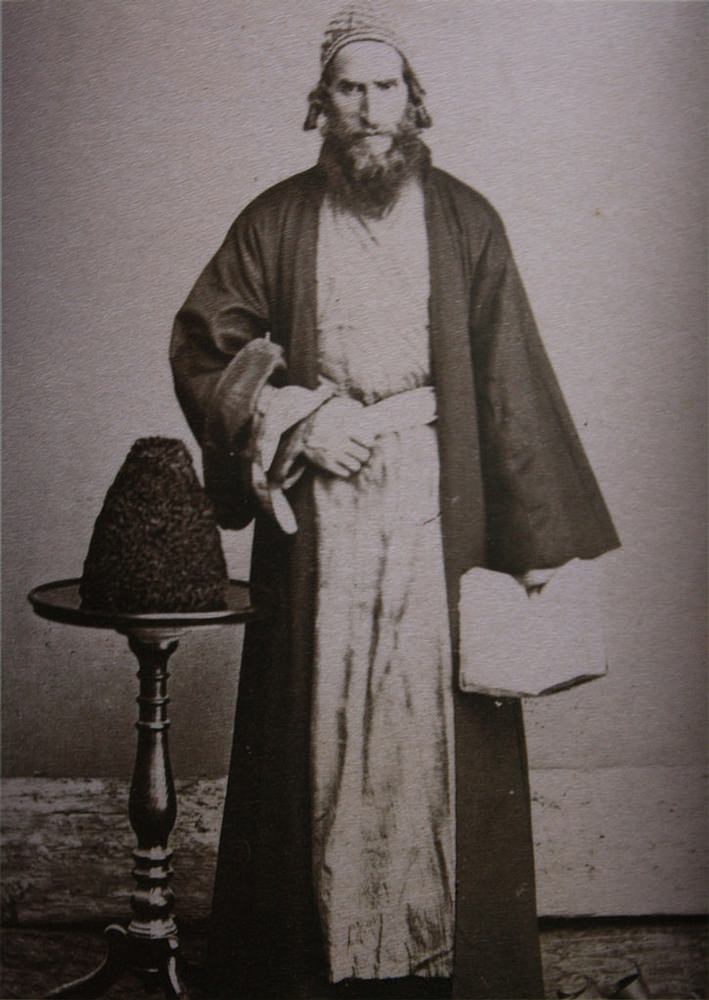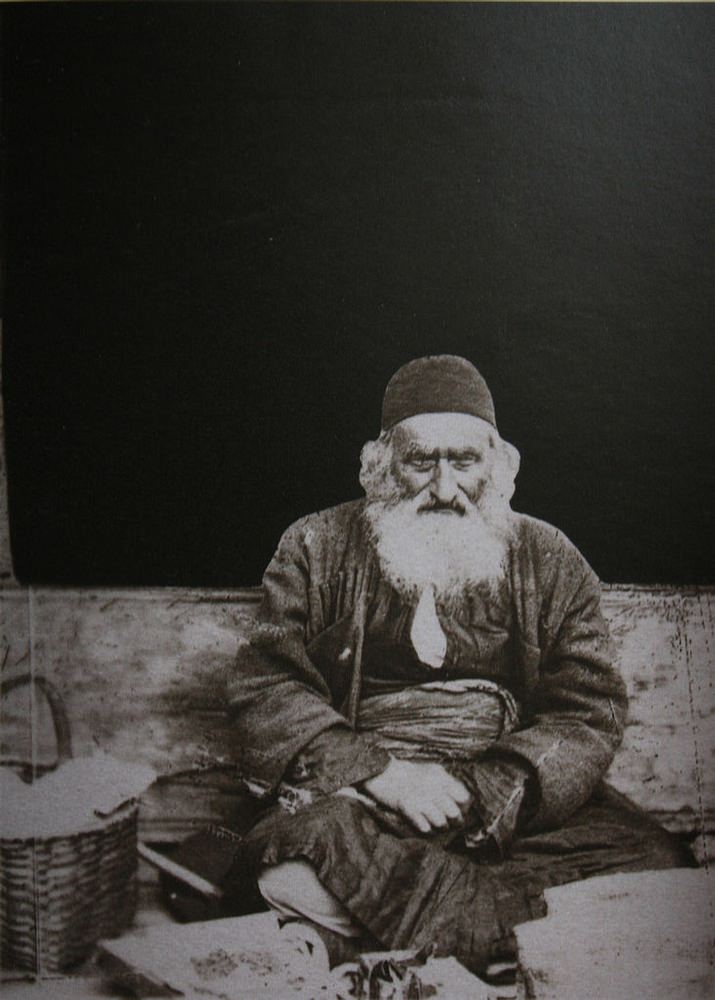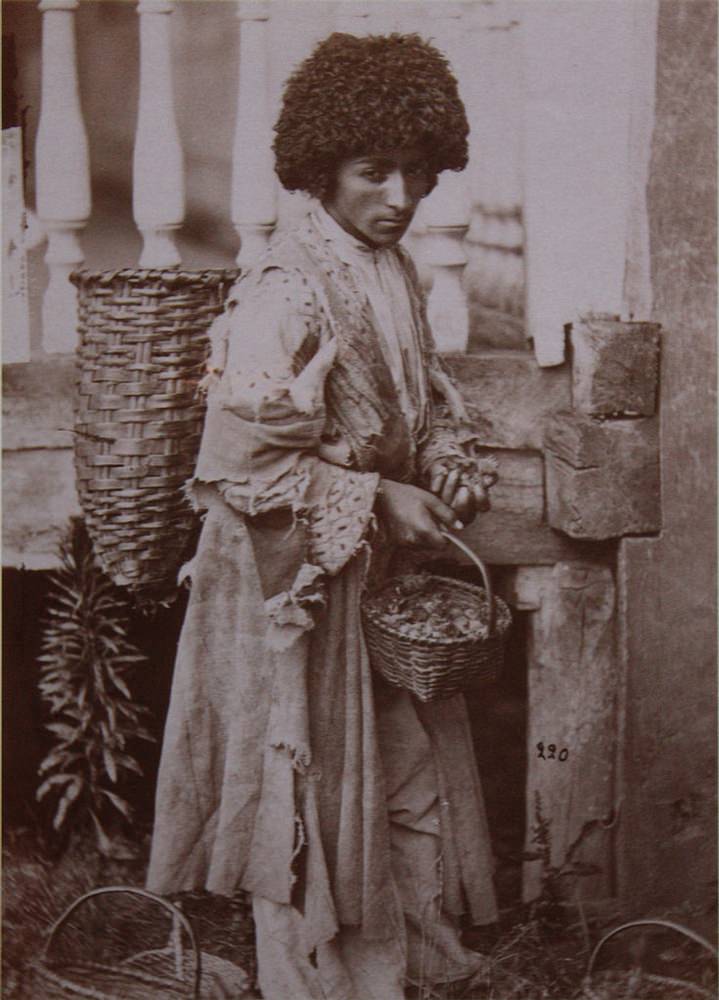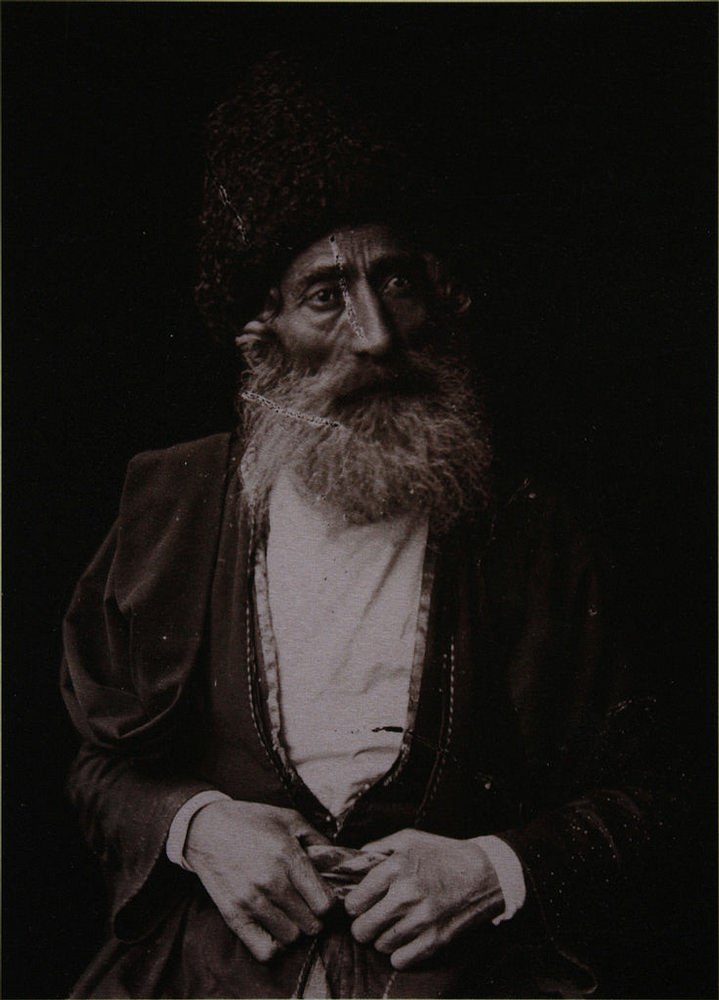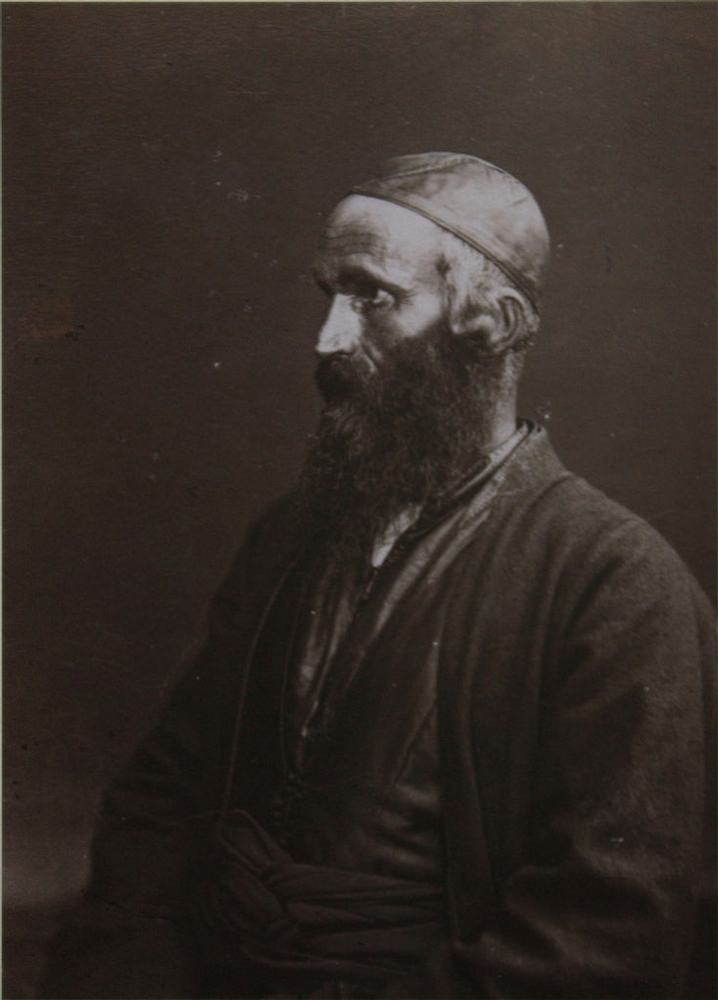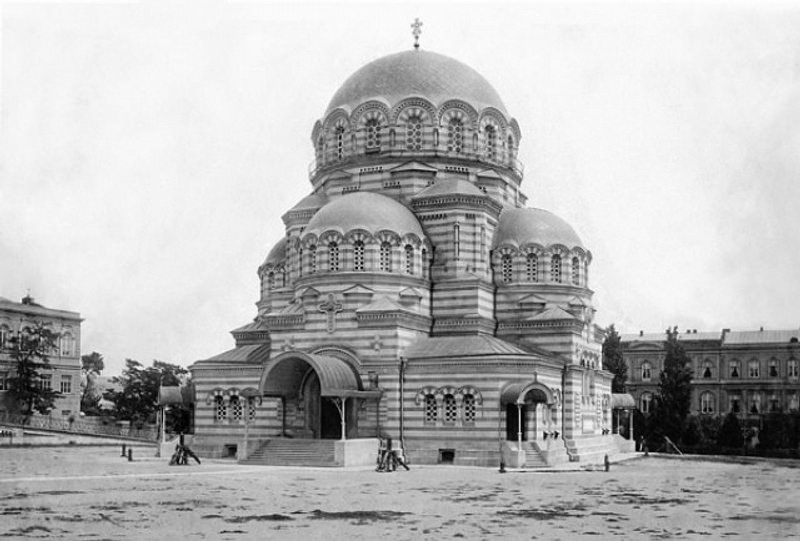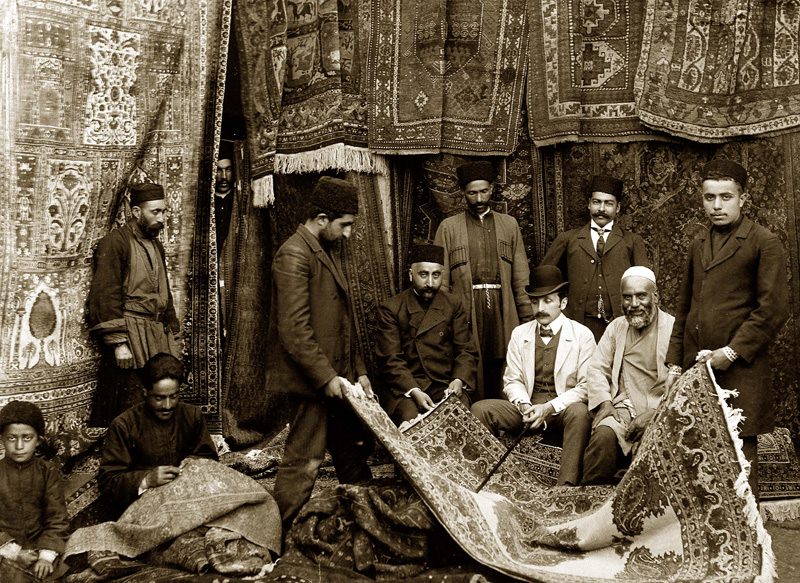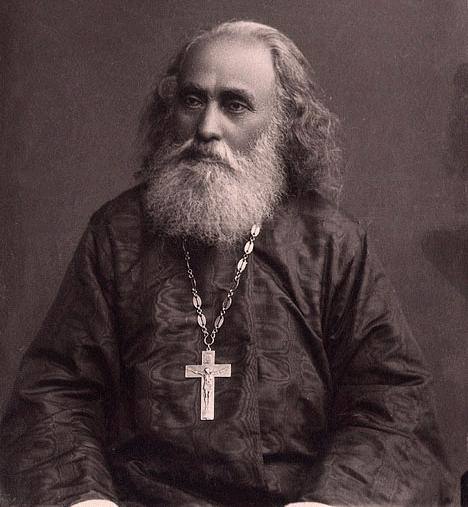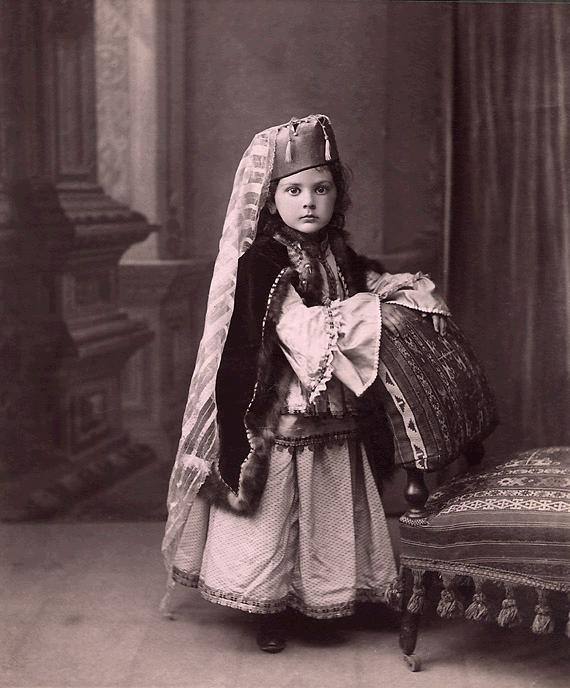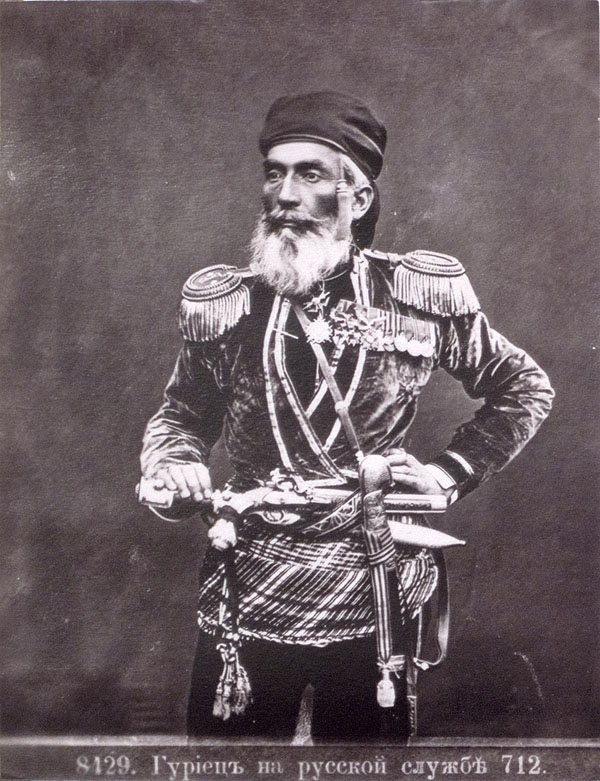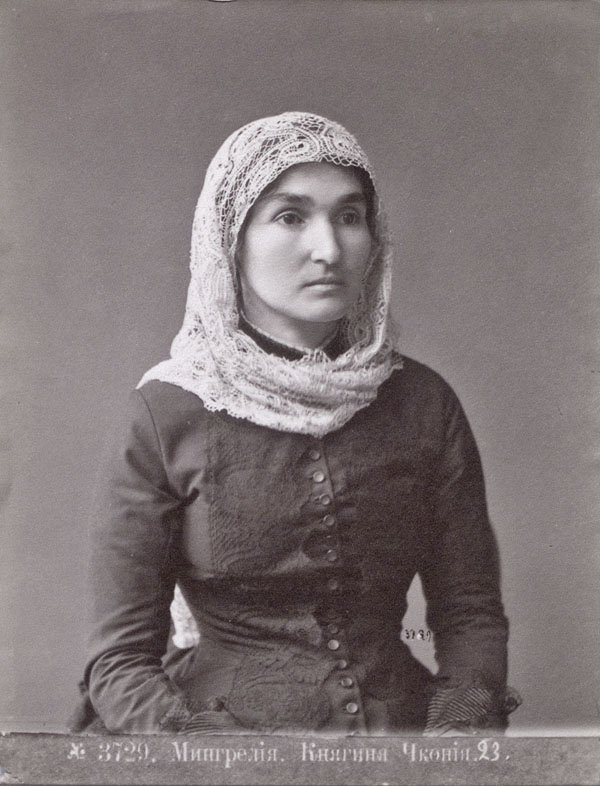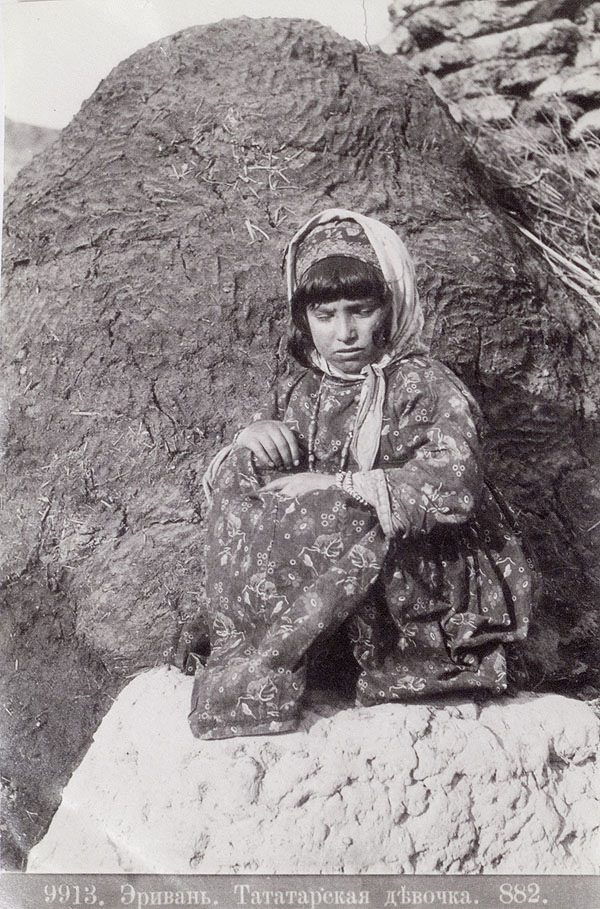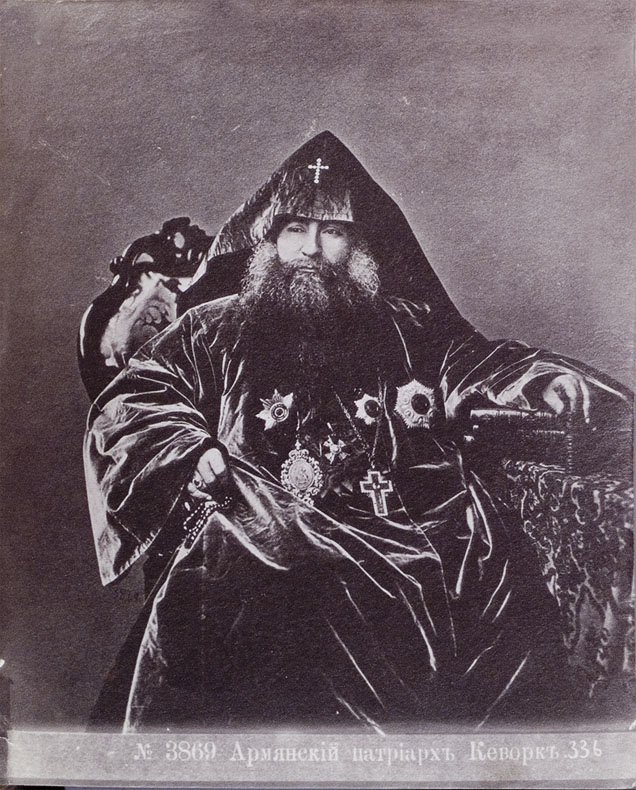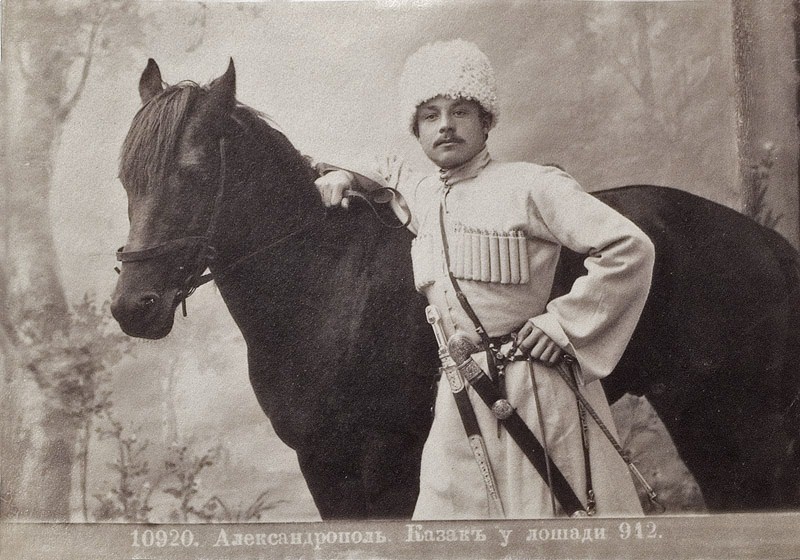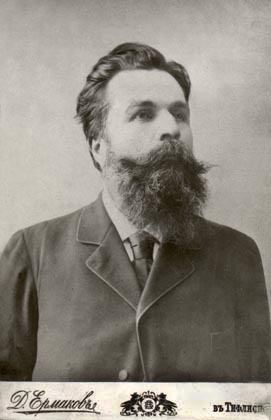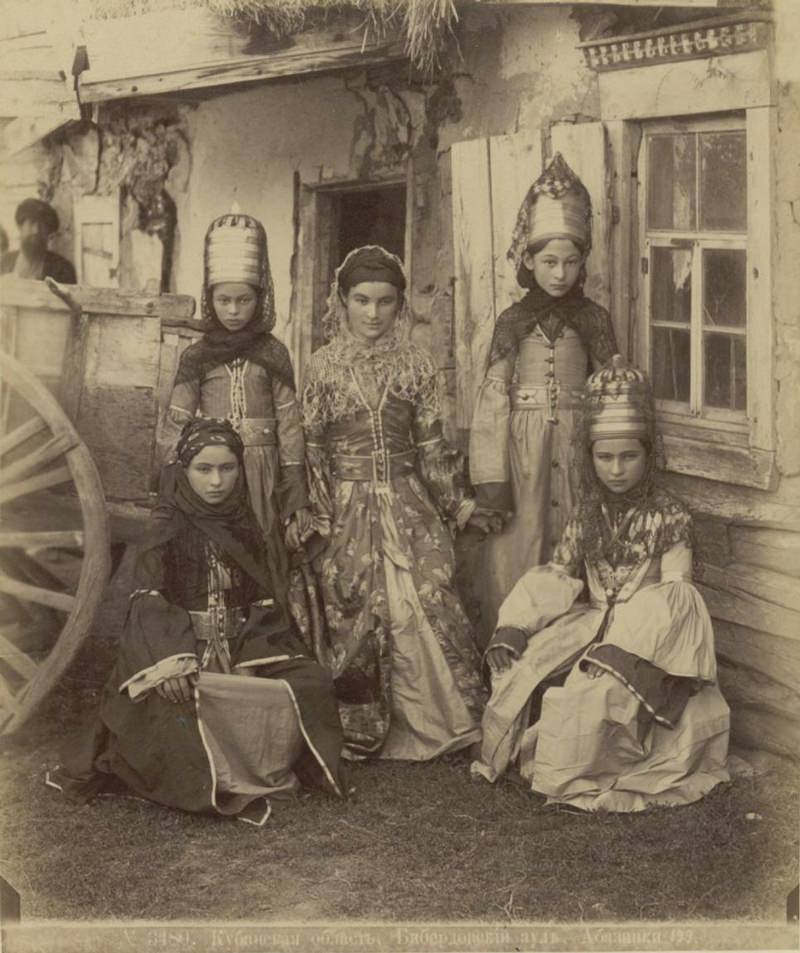Caucasia and Transcaucasia, located between Eastern Europe and Western Asia, have long been crossroads of cultures, religions, and empires. This region is home to a wide range of ethnic groups, languages, and traditions. In the 19th century, the area went through significant political and social changes as different powers, particularly the Russian Empire, expanded their influence over the region.
Geography and Peoples of the Caucasus
The Caucasus Mountains divide the region into two parts: the North Caucasus and the South Caucasus, also known as Transcaucasia. The North Caucasus lies between the Black Sea and the Caspian Sea, while Transcaucasia includes present-day Georgia, Armenia, and Azerbaijan. The region is known for its rugged terrain, which has contributed to the development of many isolated communities. This isolation helped preserve unique languages and traditions, even as outside powers tried to control the area.
Ethnic diversity is one of the most striking features of the Caucasus. Dozens of ethnic groups, each with its own language, customs, and history, live in the region. Some of the major groups include the Georgians, Armenians, and Azerbaijanis in Transcaucasia, as well as the Chechens, Ossetians, and Circassians in the North Caucasus. Many smaller groups also live here, and the region has historically been a place where different religions—such as Christianity, Islam, and even some ancient faiths—coexisted.
Read more
Russian Expansion into the Caucasus
In the early 19th century, the Russian Empire began to expand southward into the Caucasus. This was part of Russia’s larger goal to control the region and secure its southern borders. The Russian military faced strong resistance from local peoples, particularly in the North Caucasus, where leaders like Imam Shamil led long and fierce campaigns against Russian forces. The Caucasian War, which lasted from 1817 to 1864, was a brutal conflict that ended with the Russian Empire taking control of much of the region.
In Transcaucasia, Russia also gained control through wars and treaties with other empires, including Persia (modern-day Iran) and the Ottoman Empire. The Treaty of Gulistan in 1813 and the Treaty of Turkmenchay in 1828 forced Persia to give up large parts of Transcaucasia to Russia. These treaties gave Russia control over present-day Azerbaijan, Armenia, and parts of Georgia. Over time, Russia also gained more influence over the rest of Georgia and other areas in the region.
Social and Cultural Changes
Russian expansion brought significant changes to the social and cultural life of the Caucasus. Russian officials and settlers moved into the region, and new roads and railways were built to connect the Caucasus to the rest of the empire. This helped integrate the region into the Russian economy, but it also disrupted local ways of life. Traditional systems of land ownership and governance were replaced by Russian laws, and the presence of Russian soldiers and officials often led to tensions with the local population.
Despite these changes, the people of the Caucasus maintained their cultural identities. Many ethnic groups resisted Russian attempts to assimilate them, holding on to their languages, customs, and religious practices. The Russian government, in turn, often took a harsh approach to dealing with unrest in the region, especially in the North Caucasus, where resistance to Russian rule continued well into the late 19th century.
One of the most tragic results of the Russian conquest was the forced migration of many ethnic groups. After the Caucasian War, tens of thousands of Circassians, Abkhazians, and other peoples from the North Caucasus were expelled or fled to the Ottoman Empire. This mass displacement is often referred to as the Circassian Genocide, as many people died during the long and difficult journey or were killed by Russian forces.


